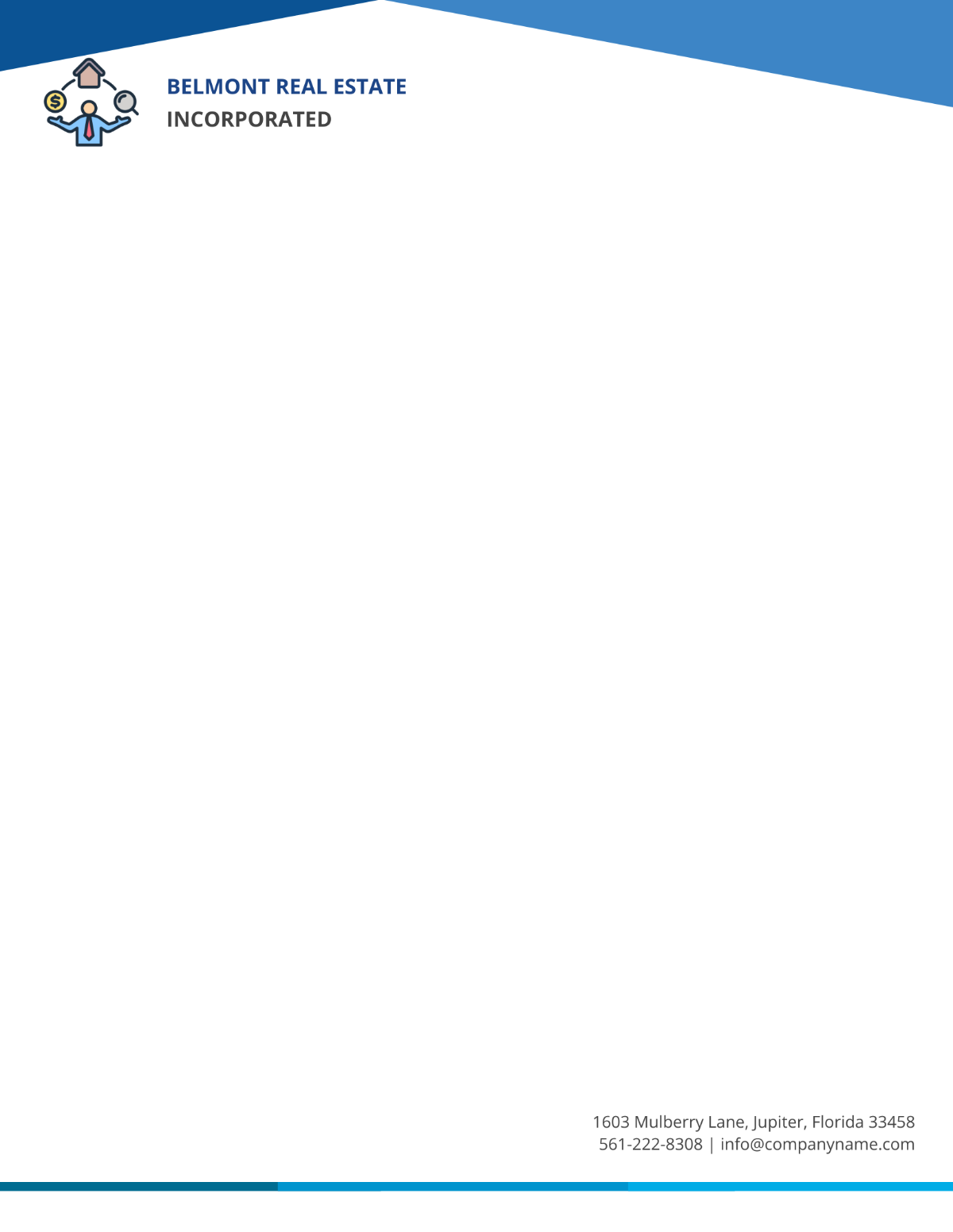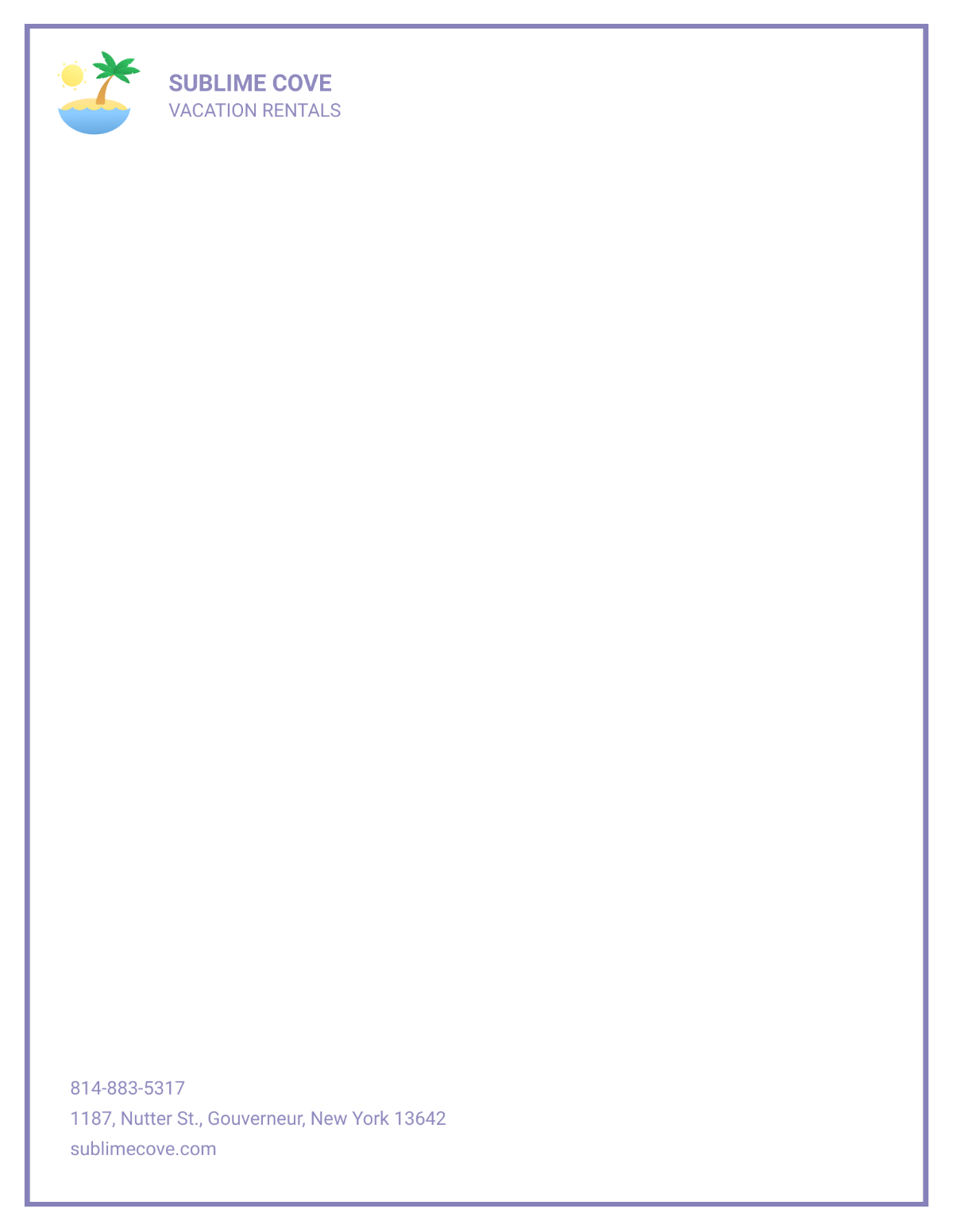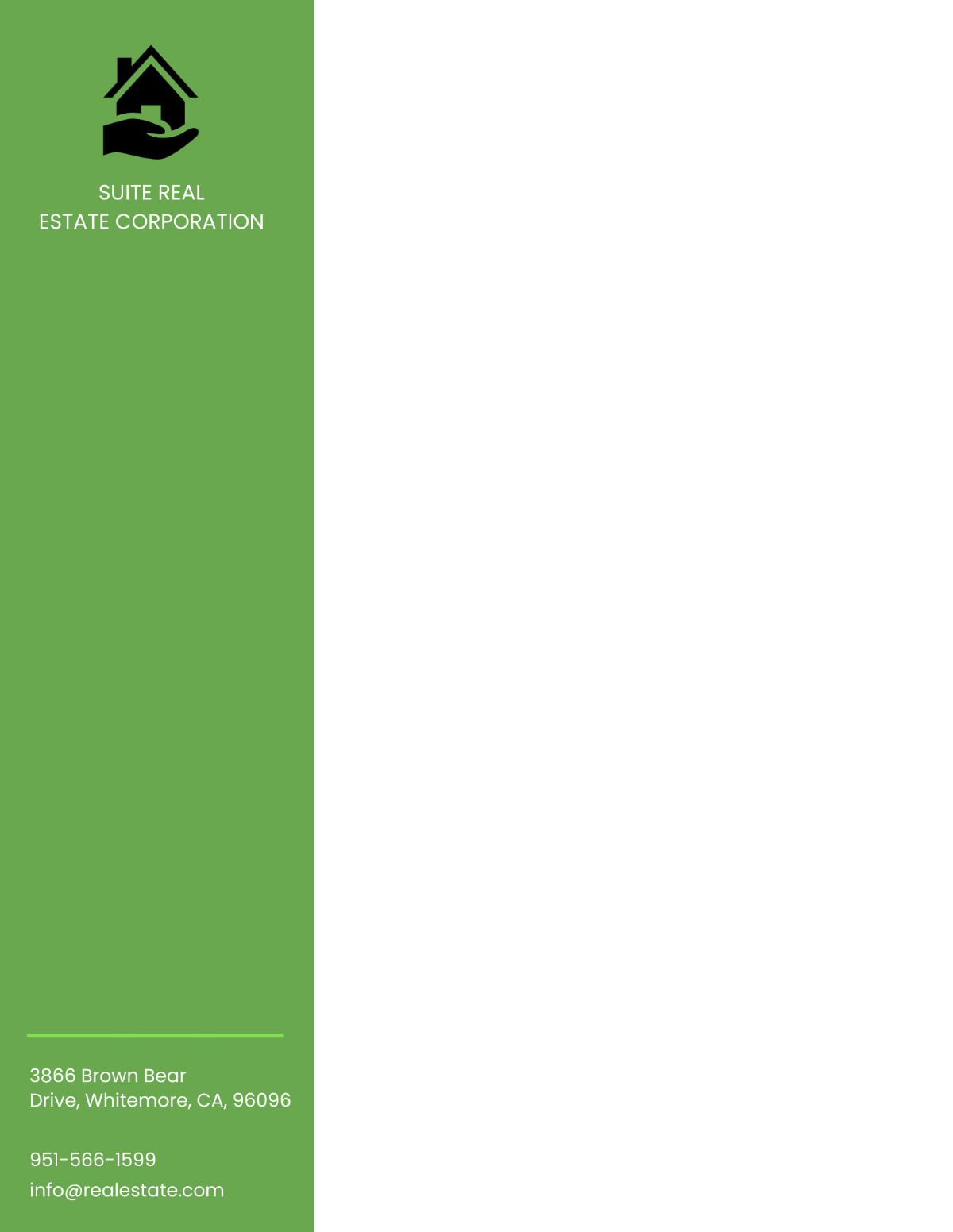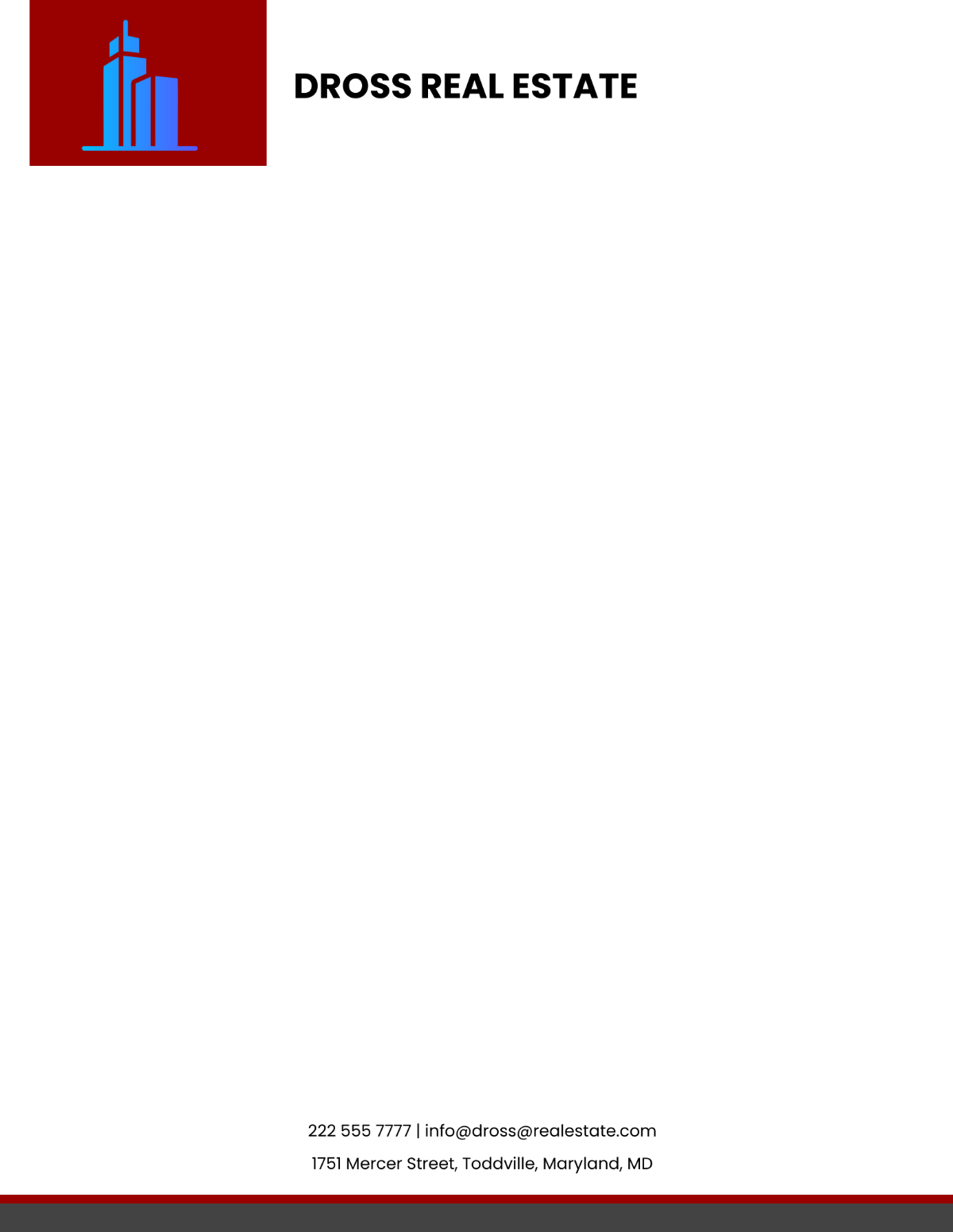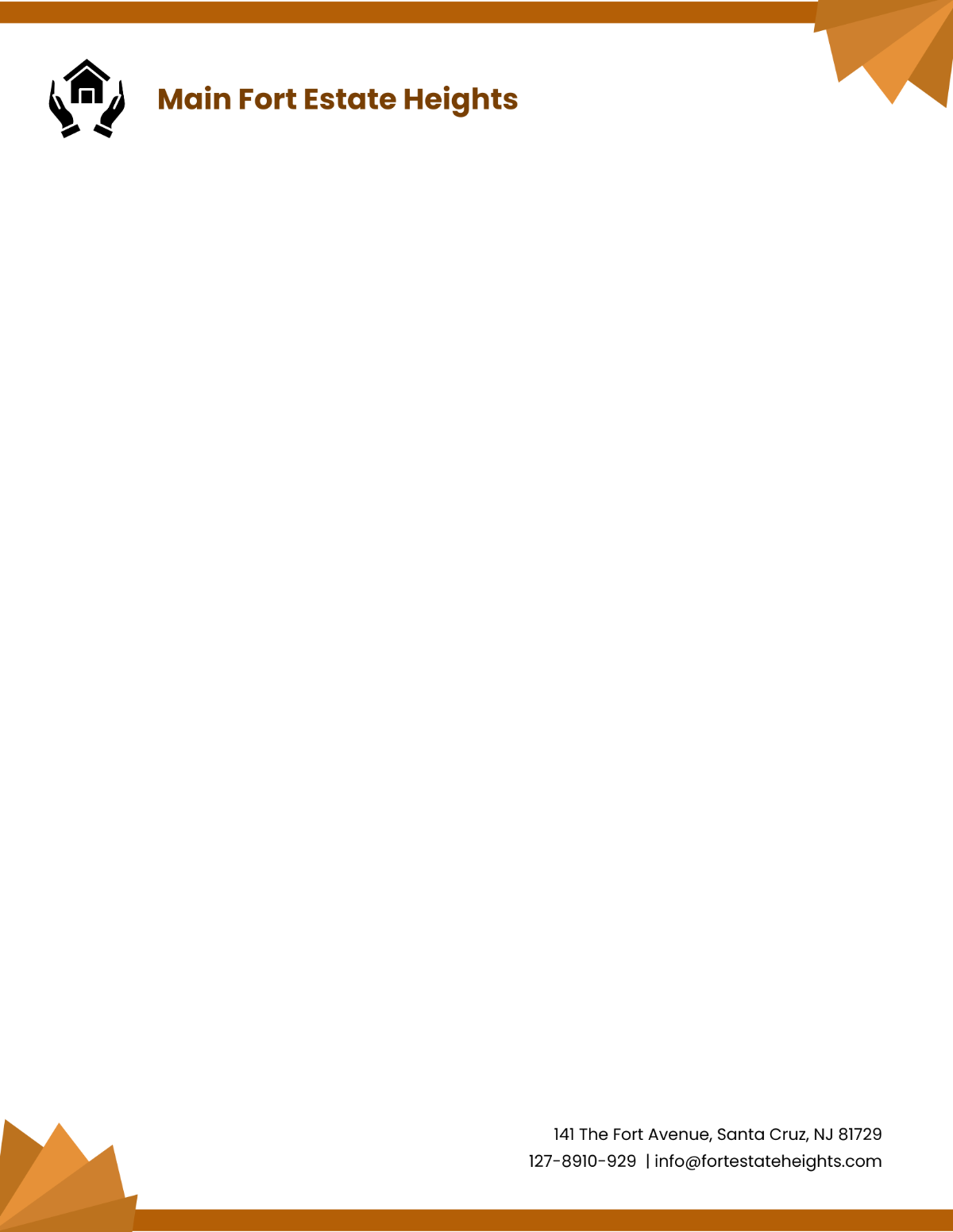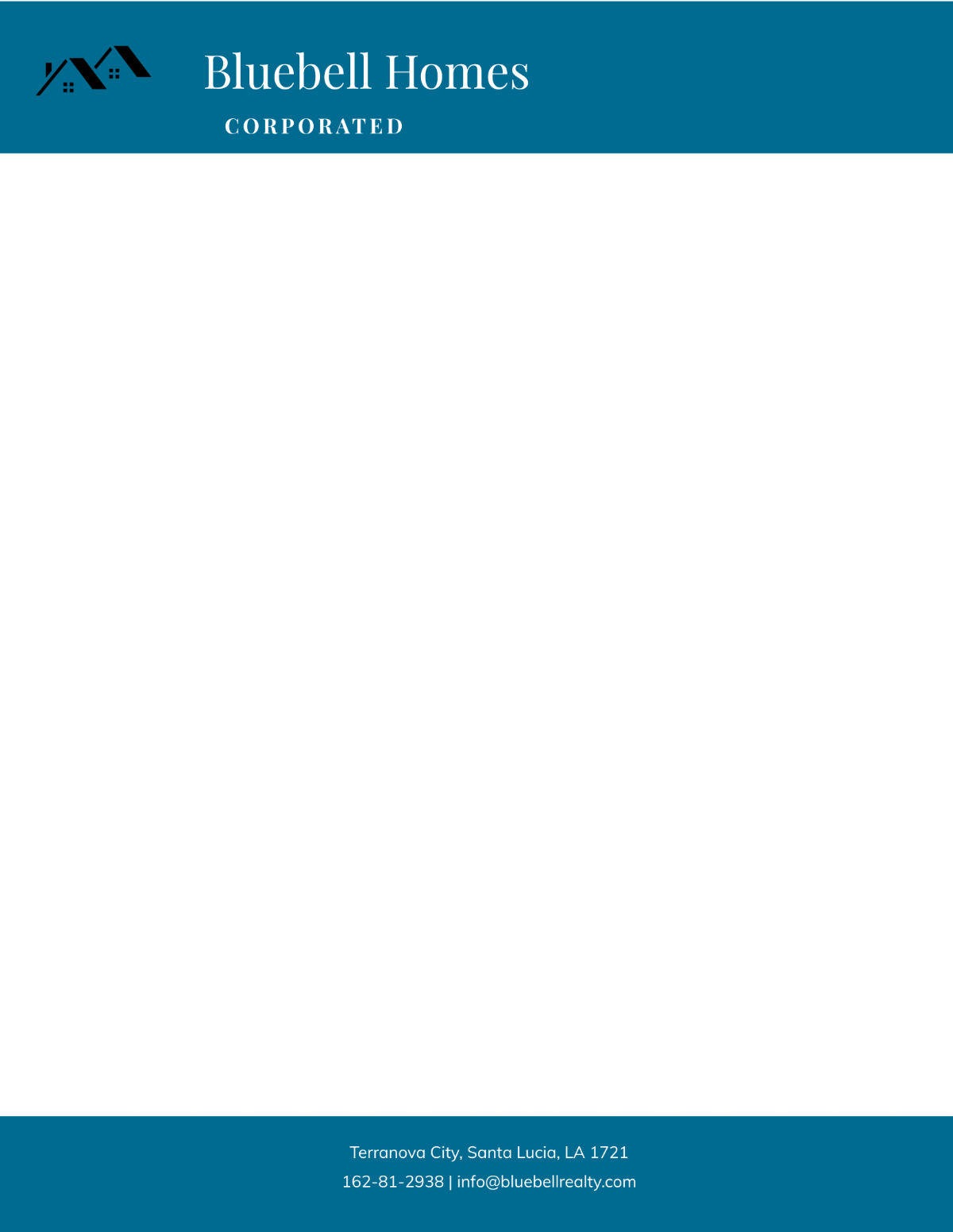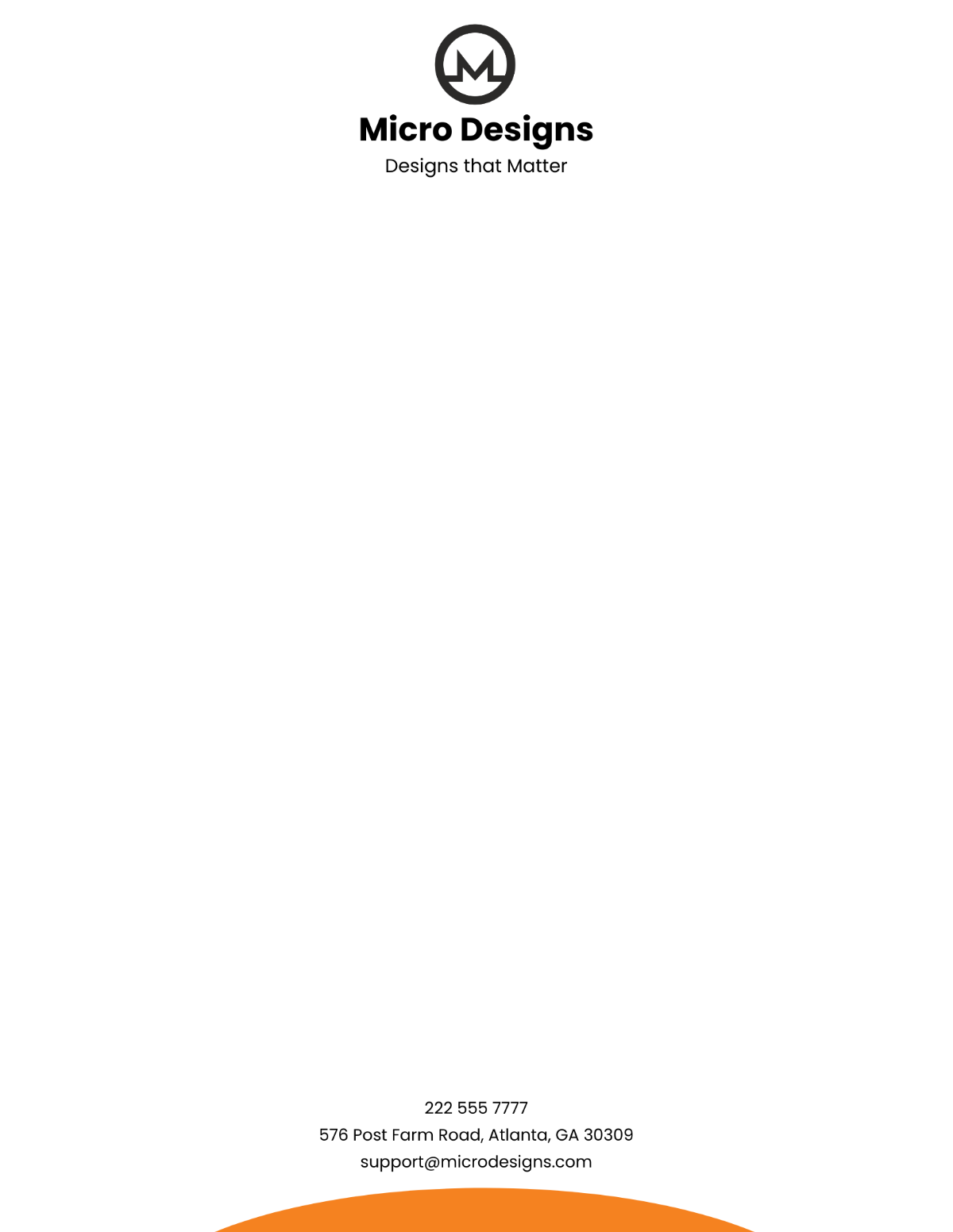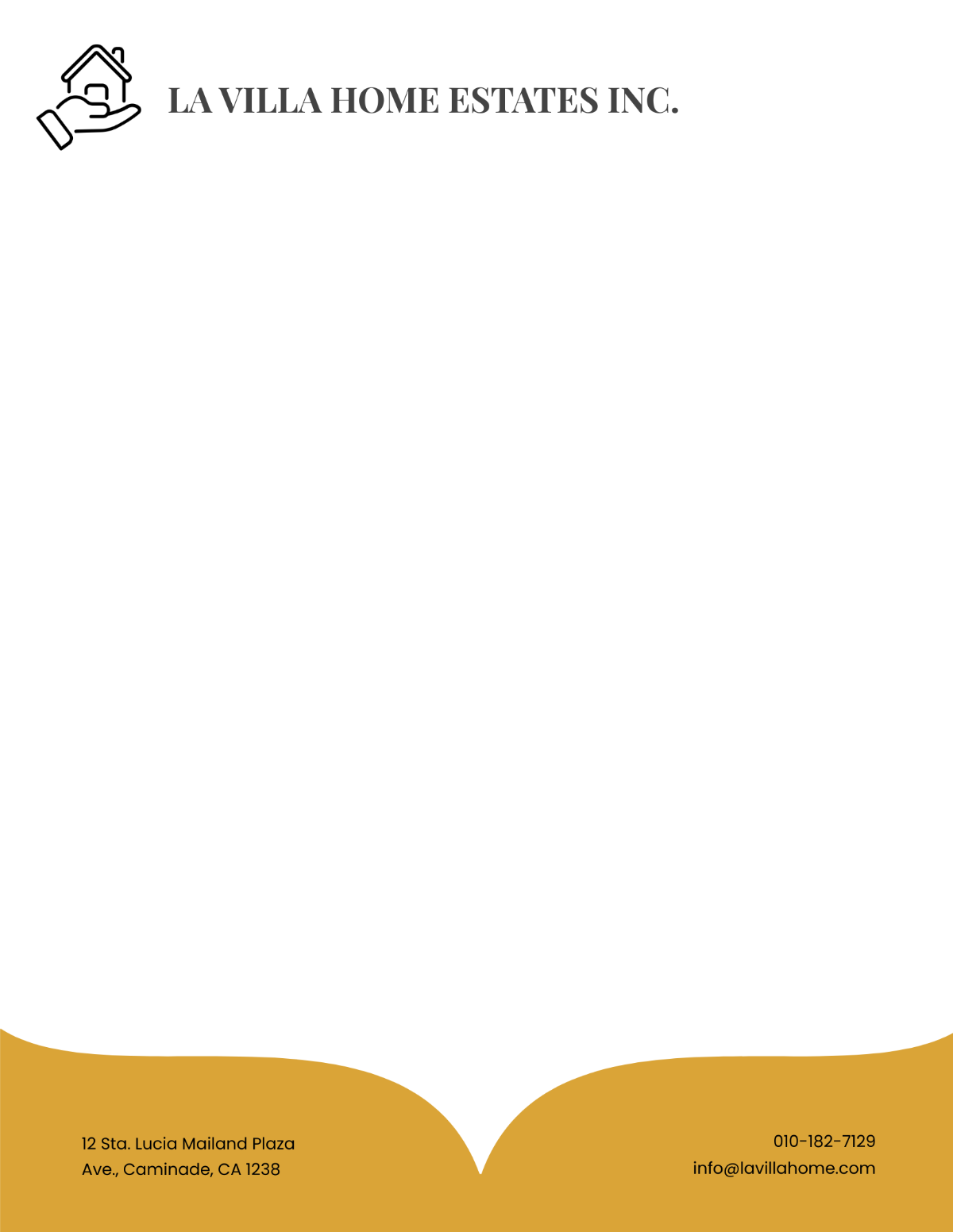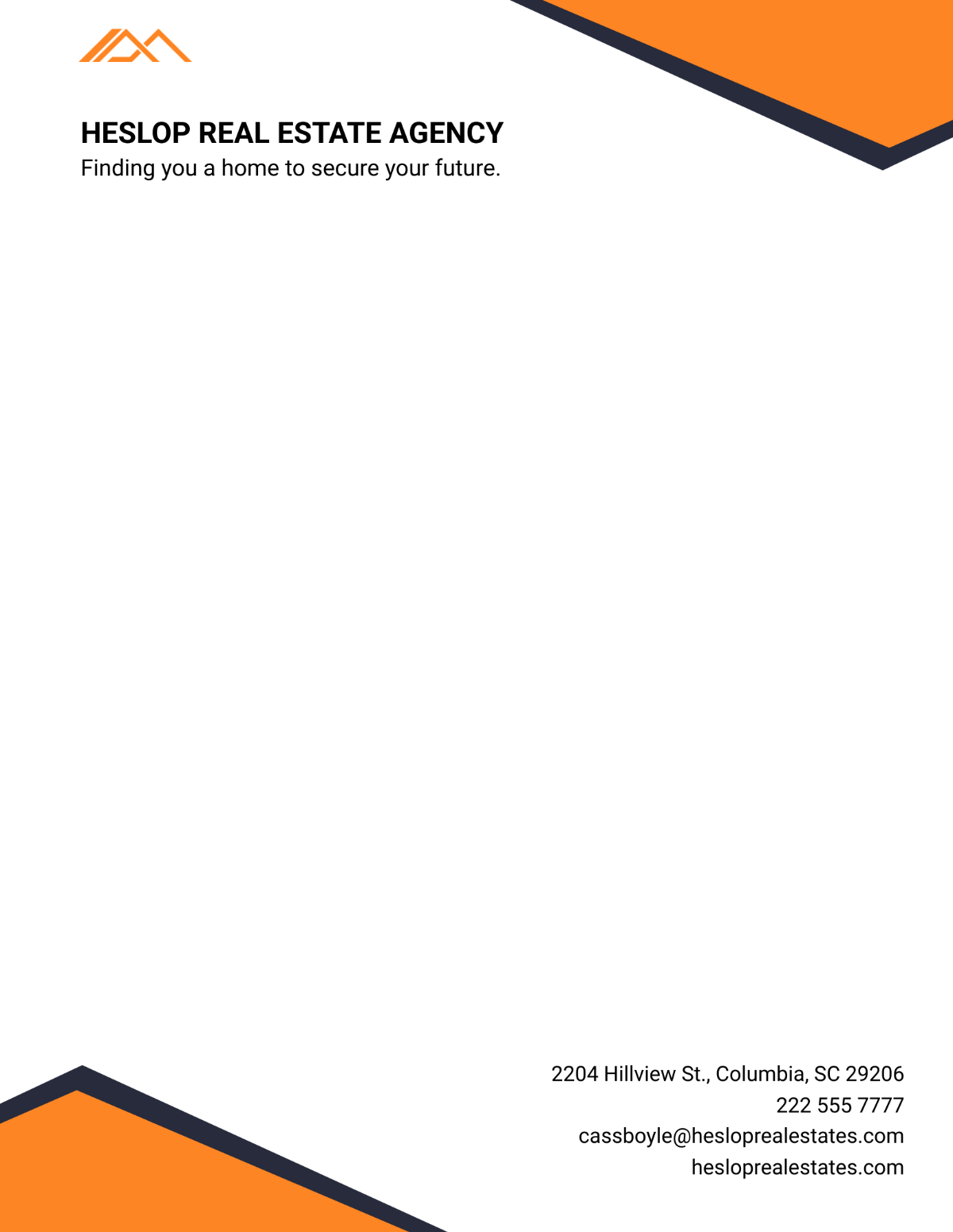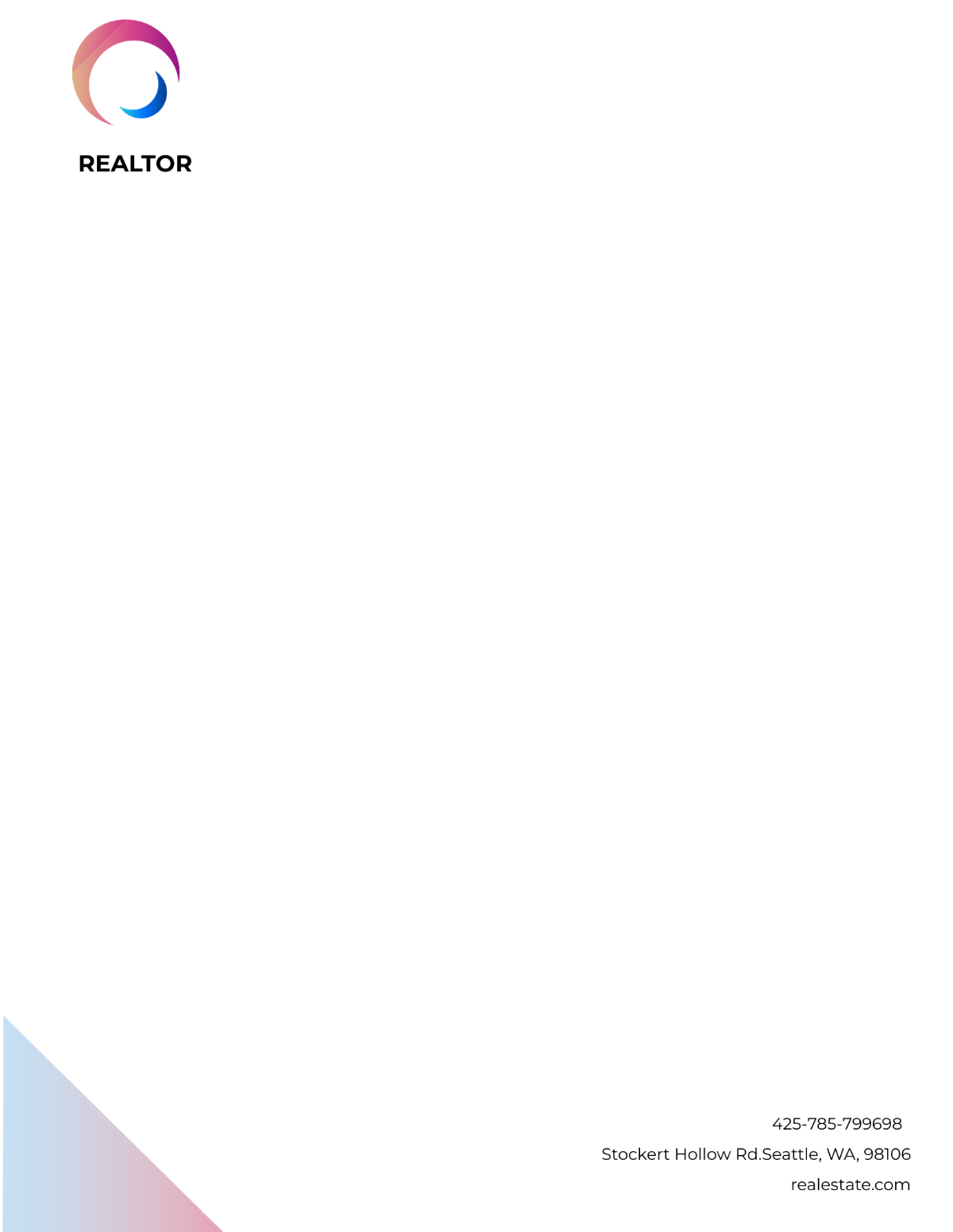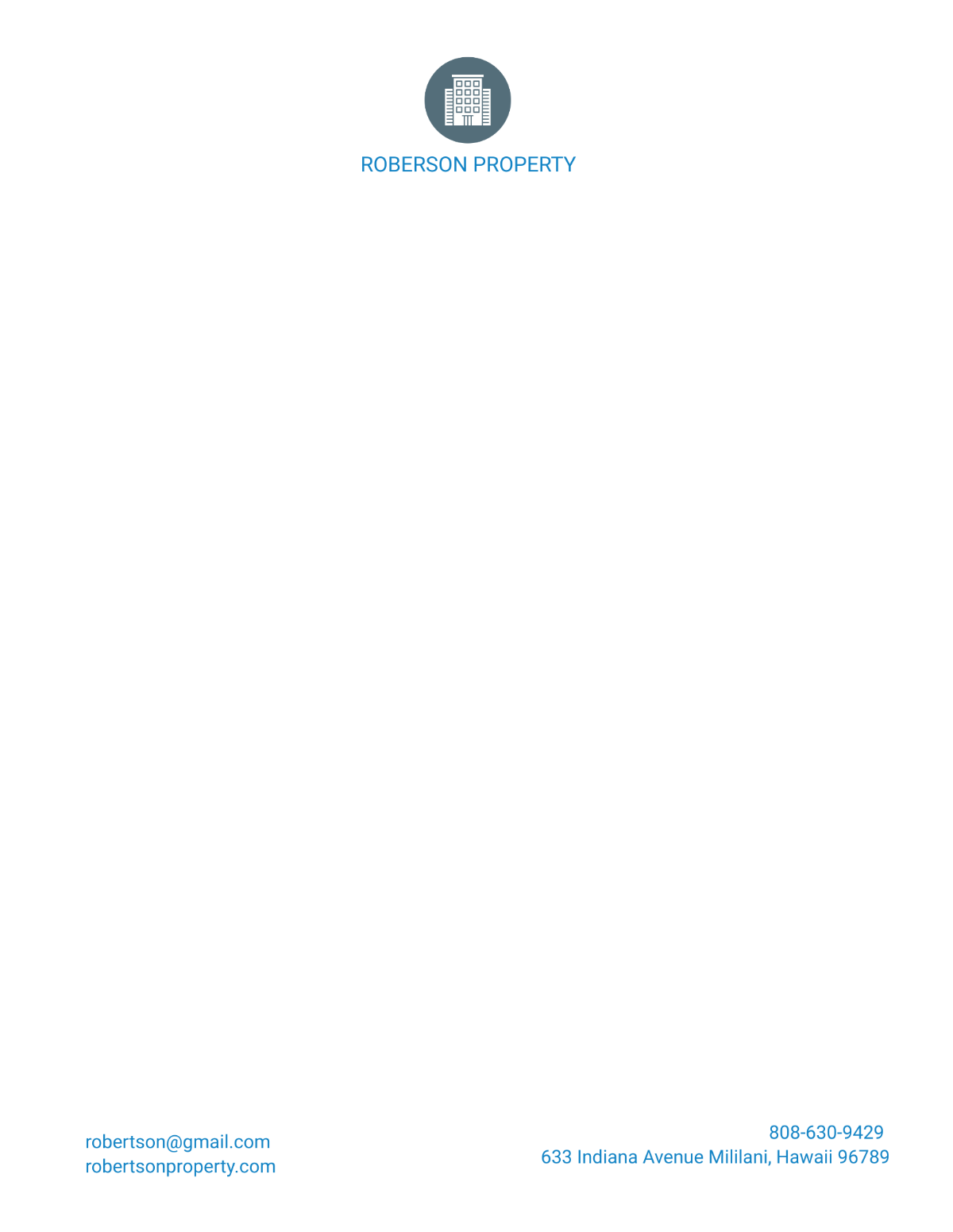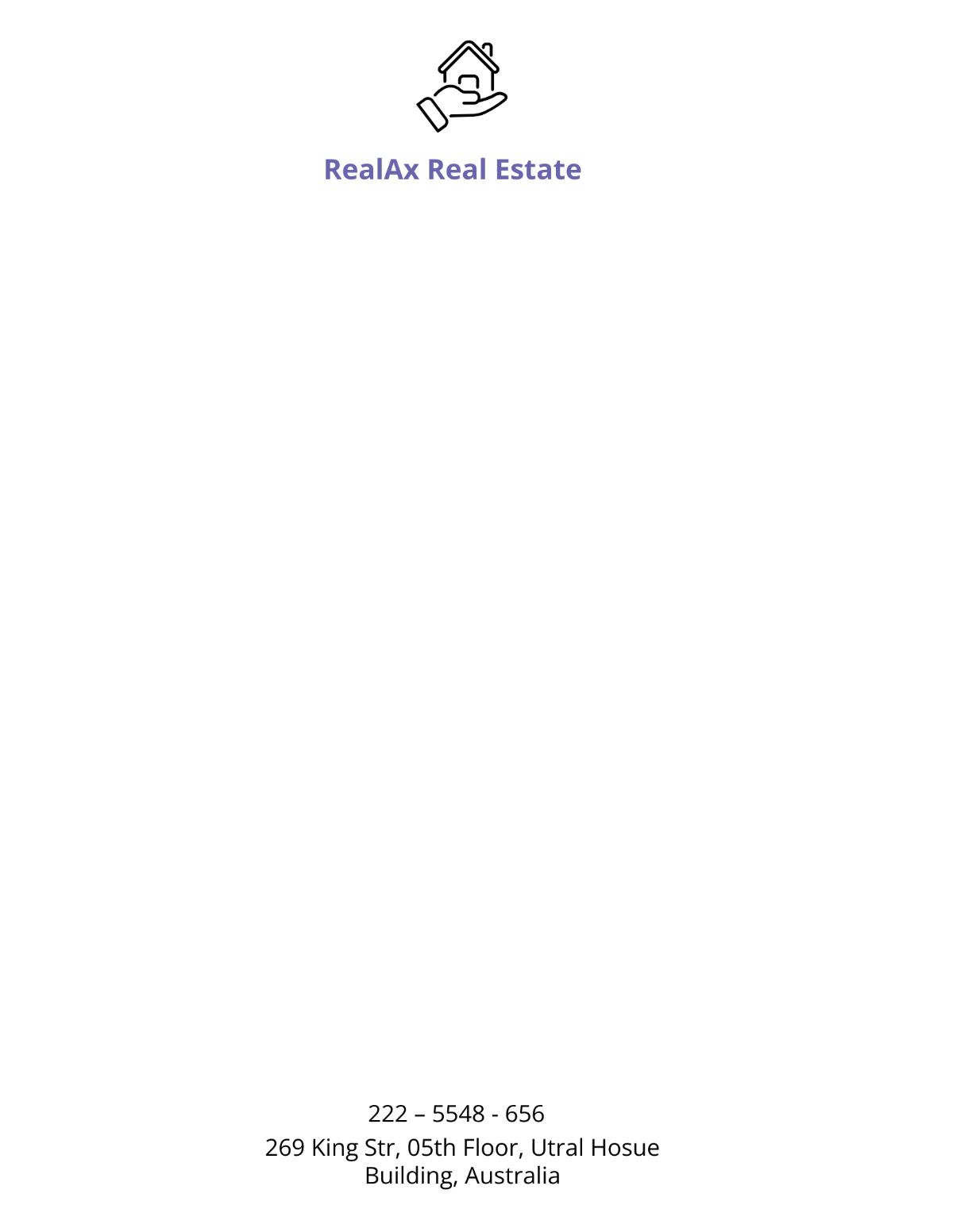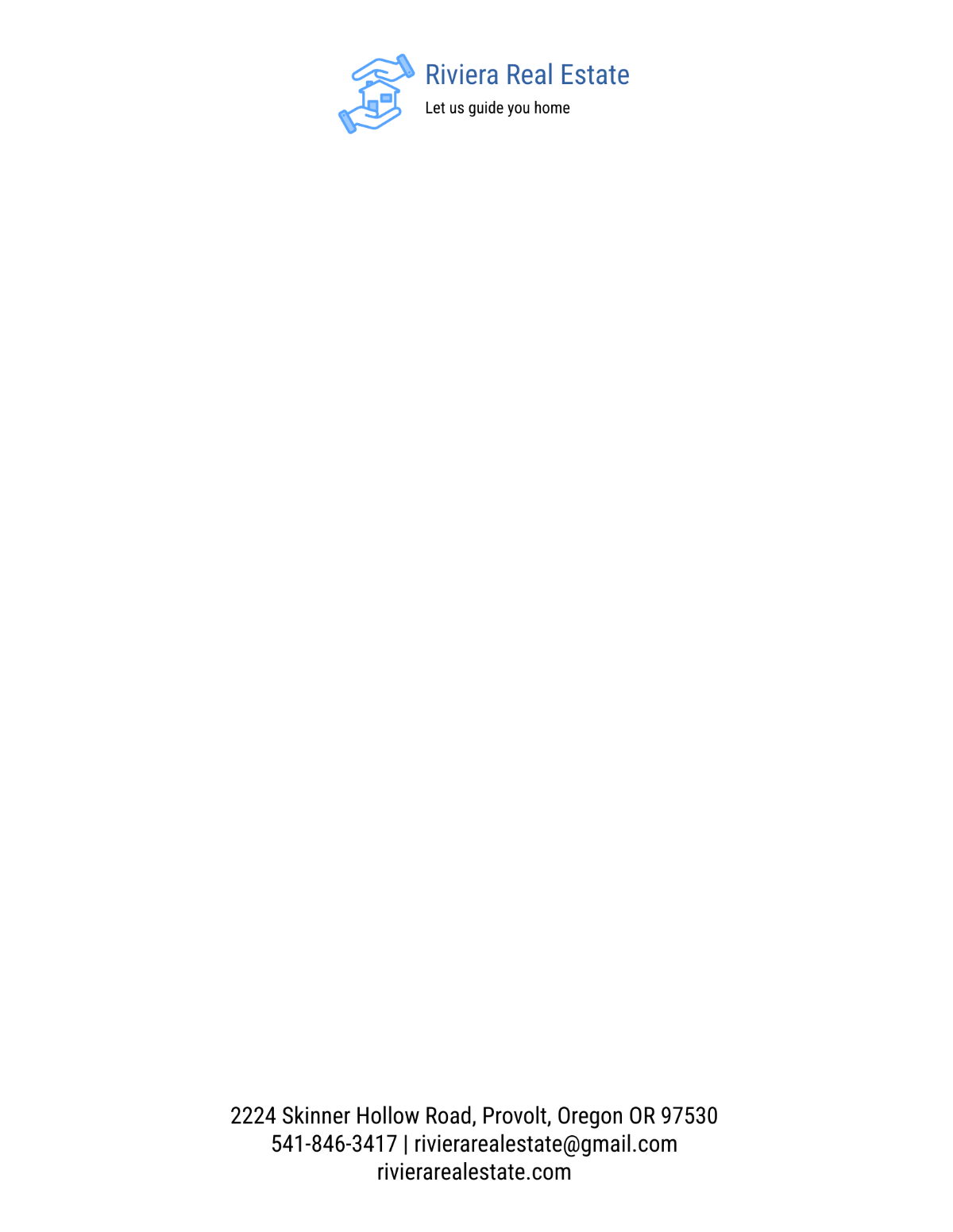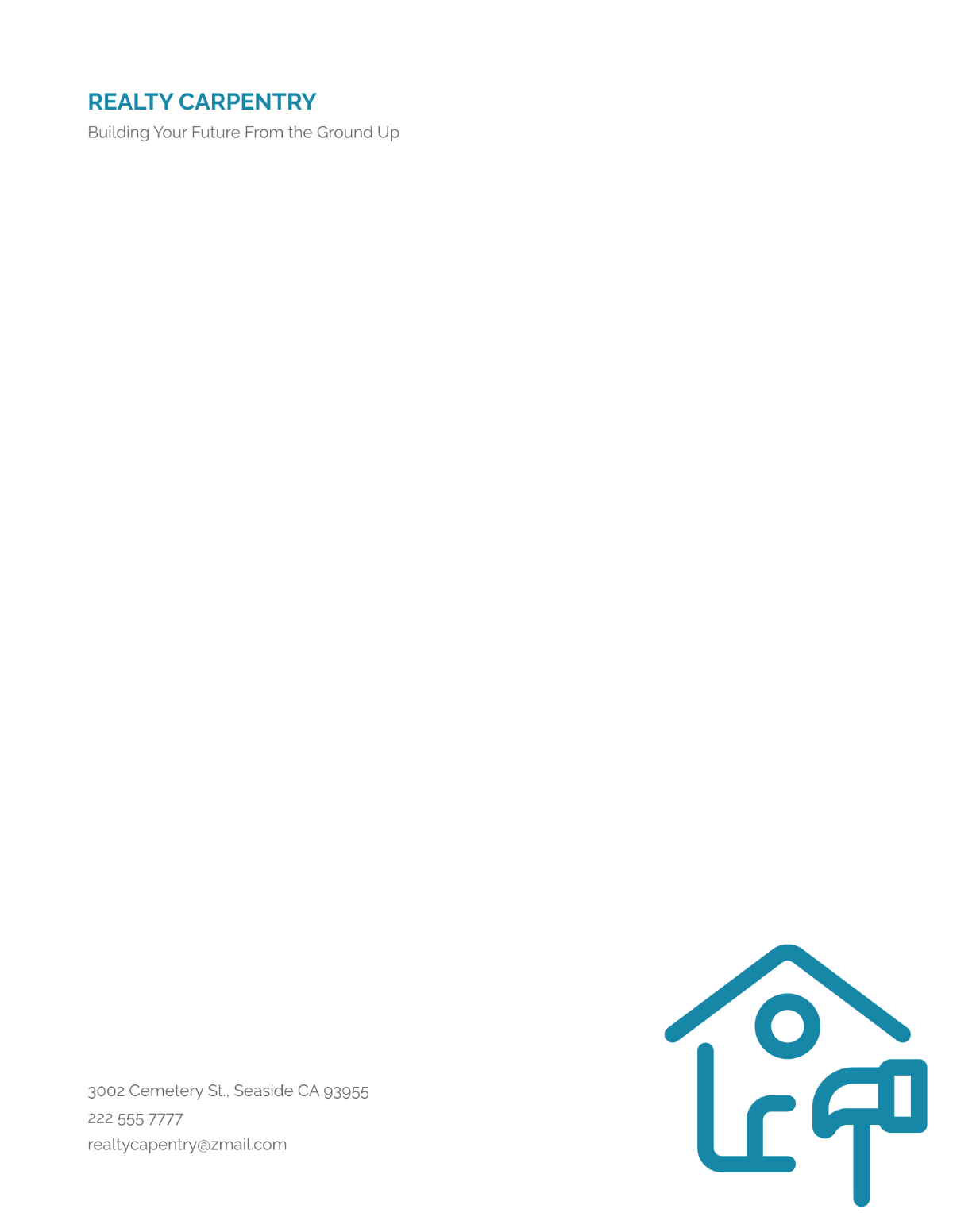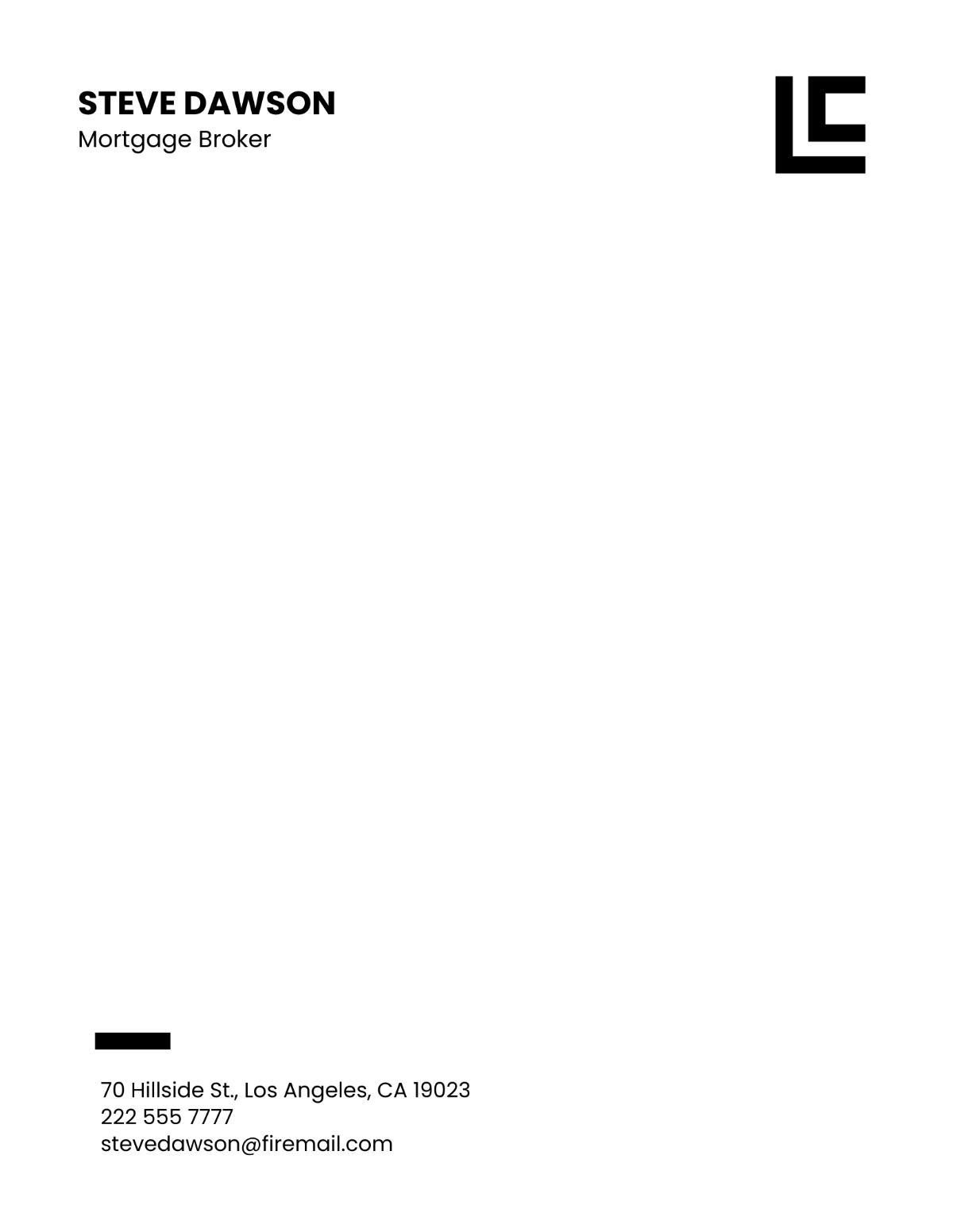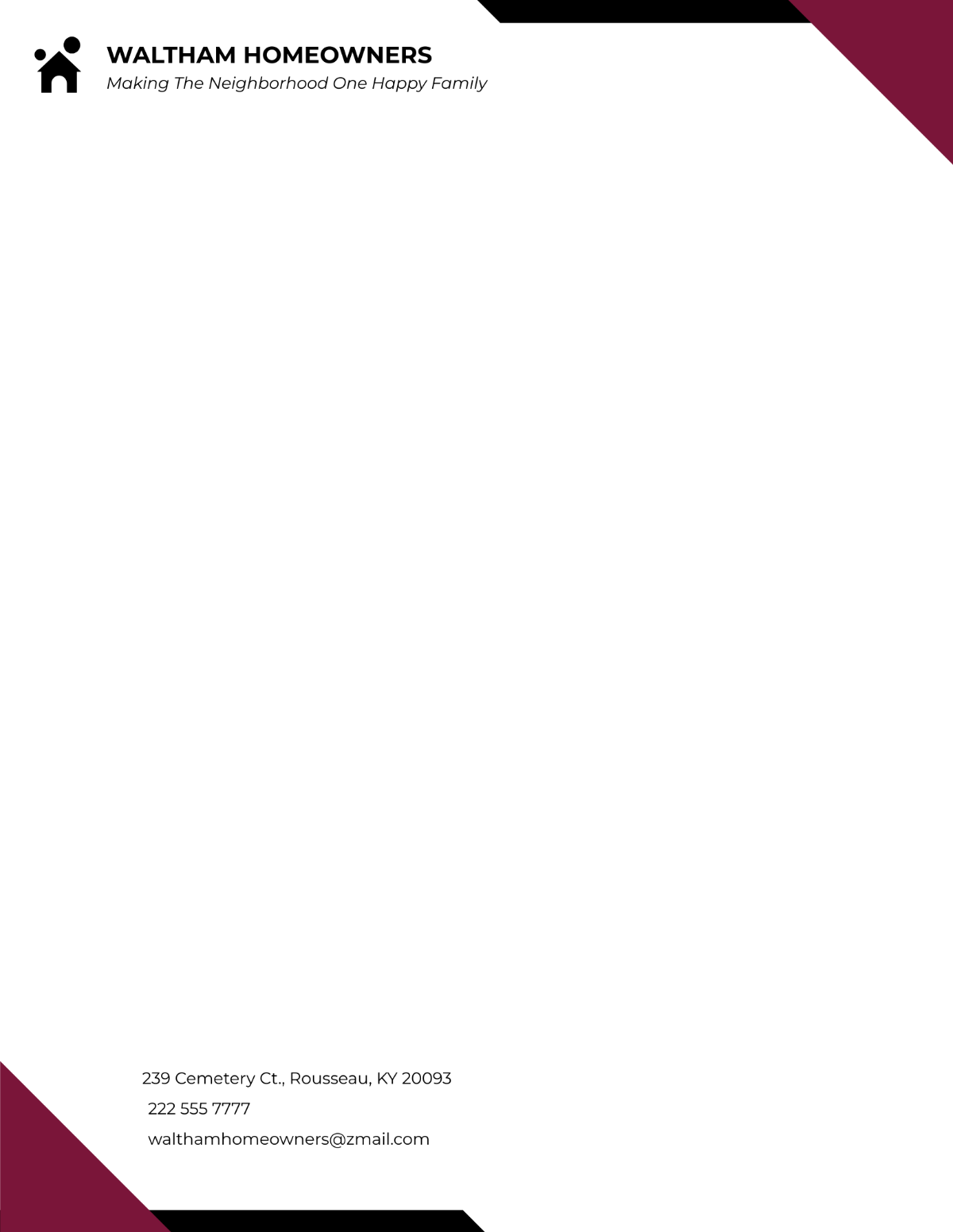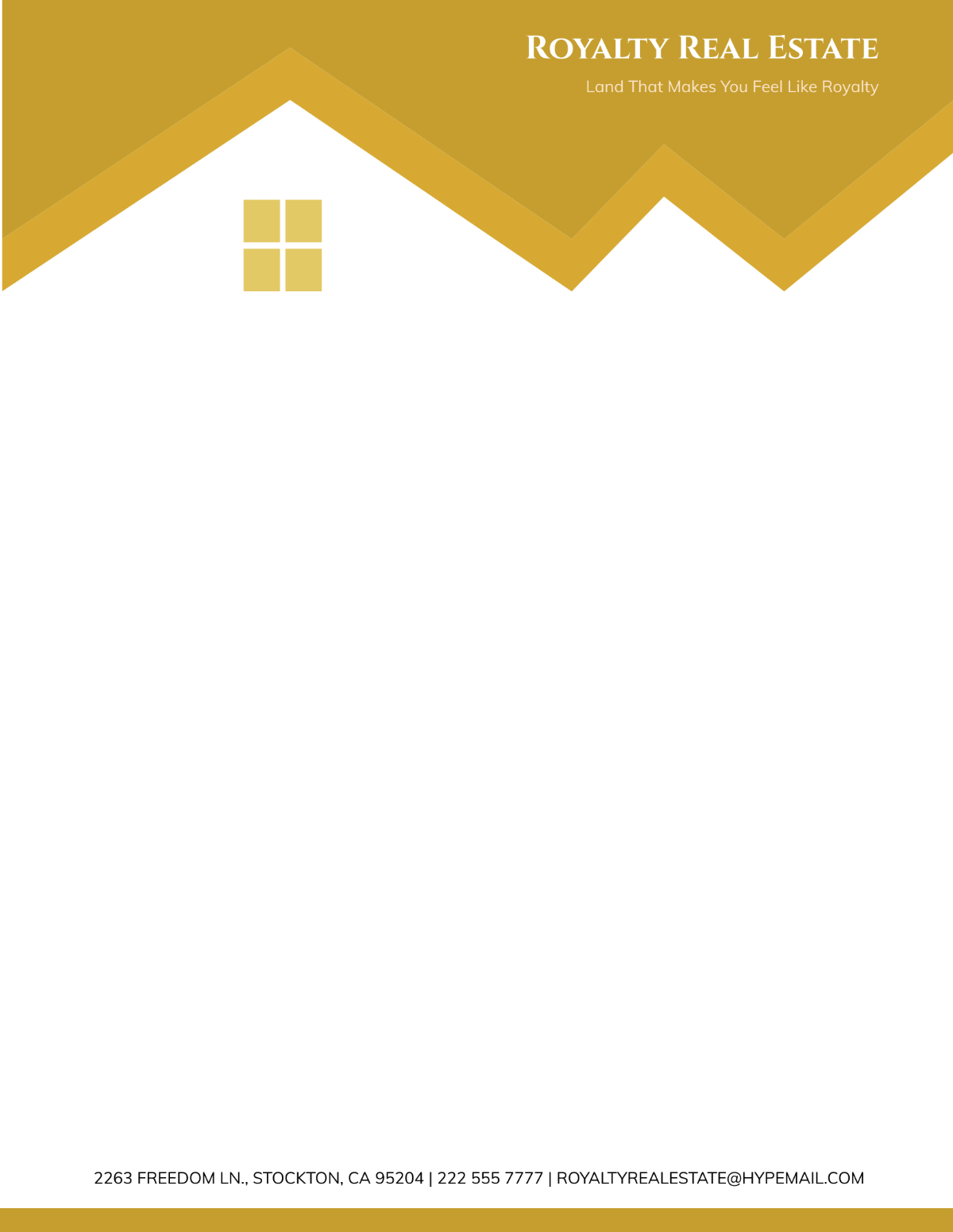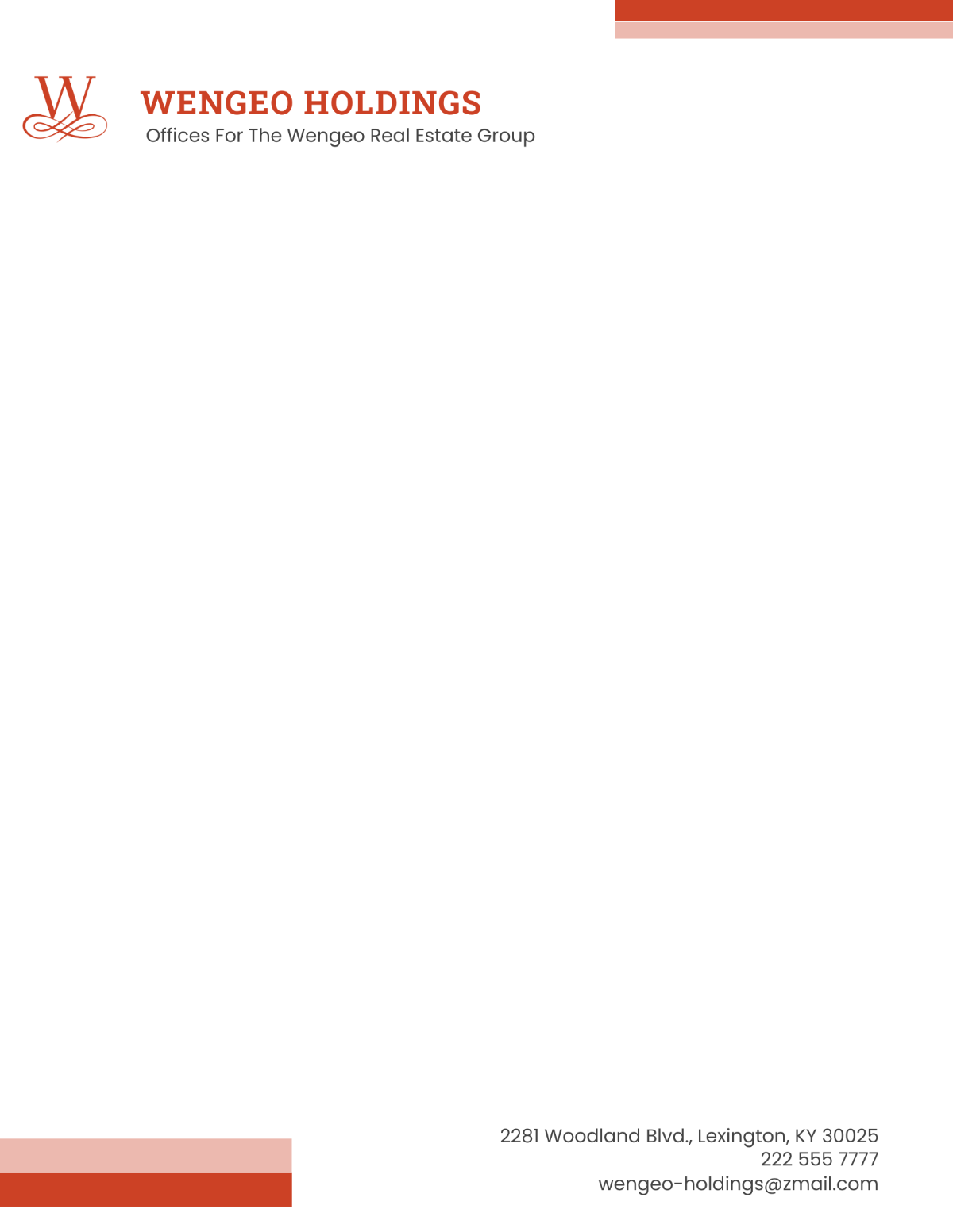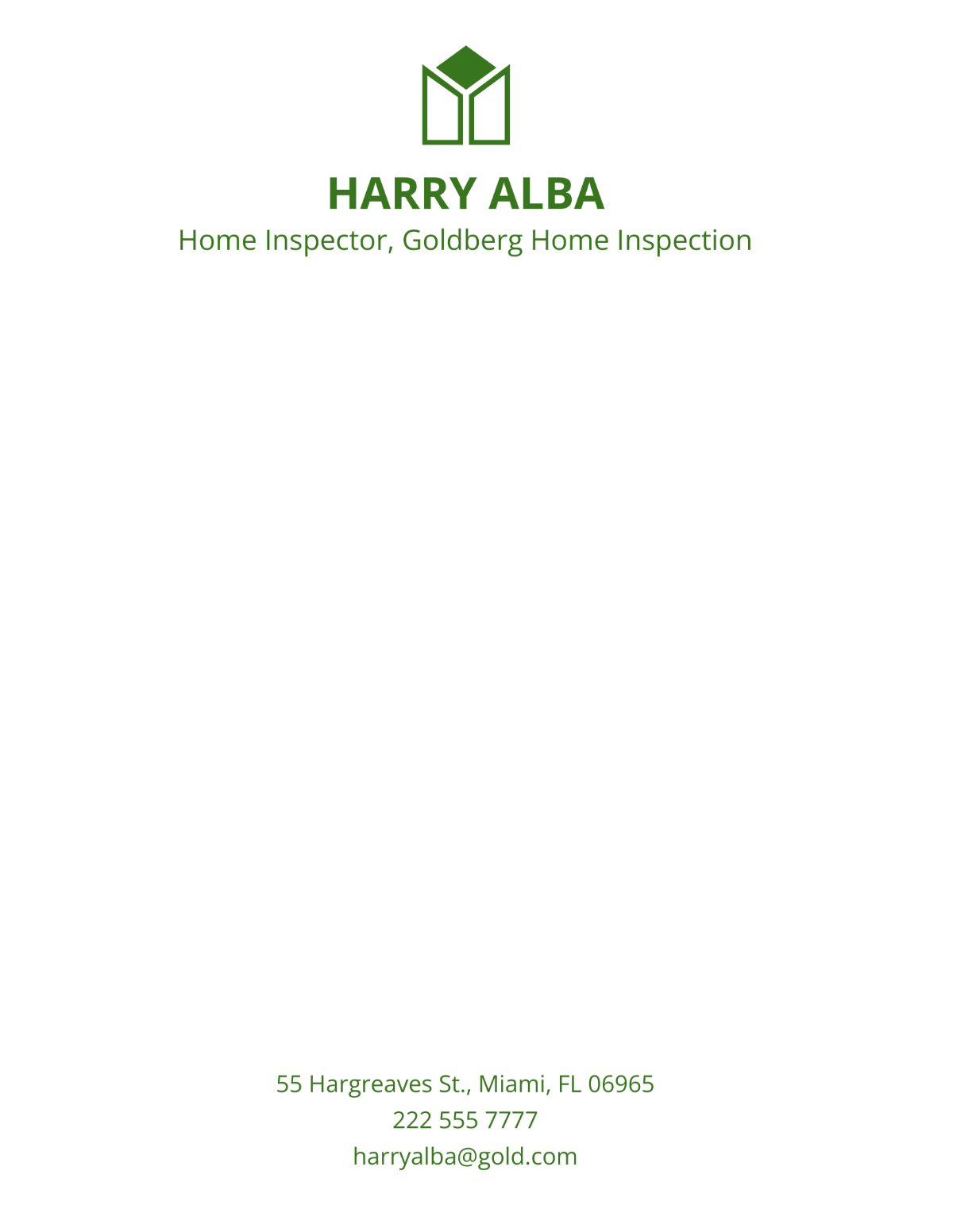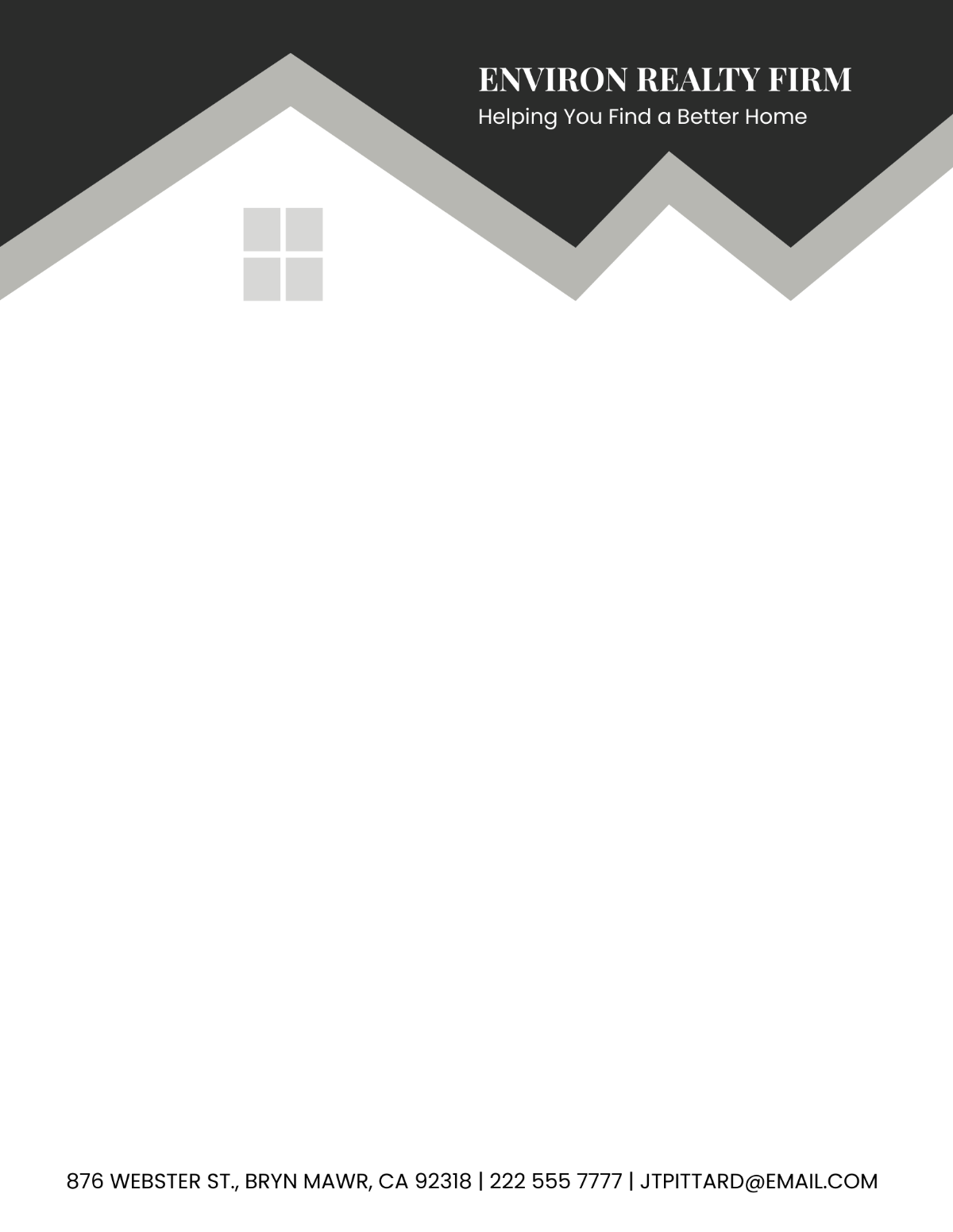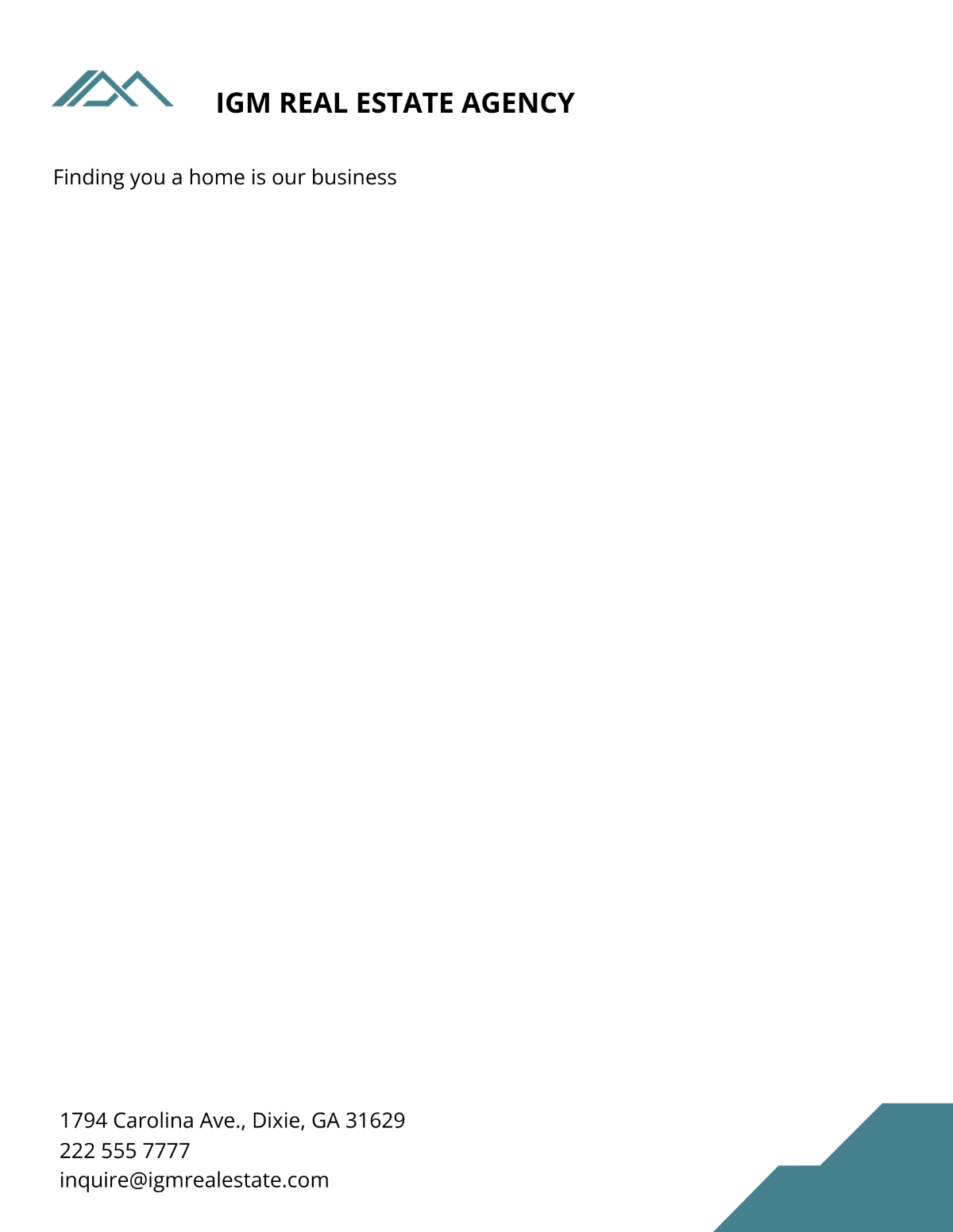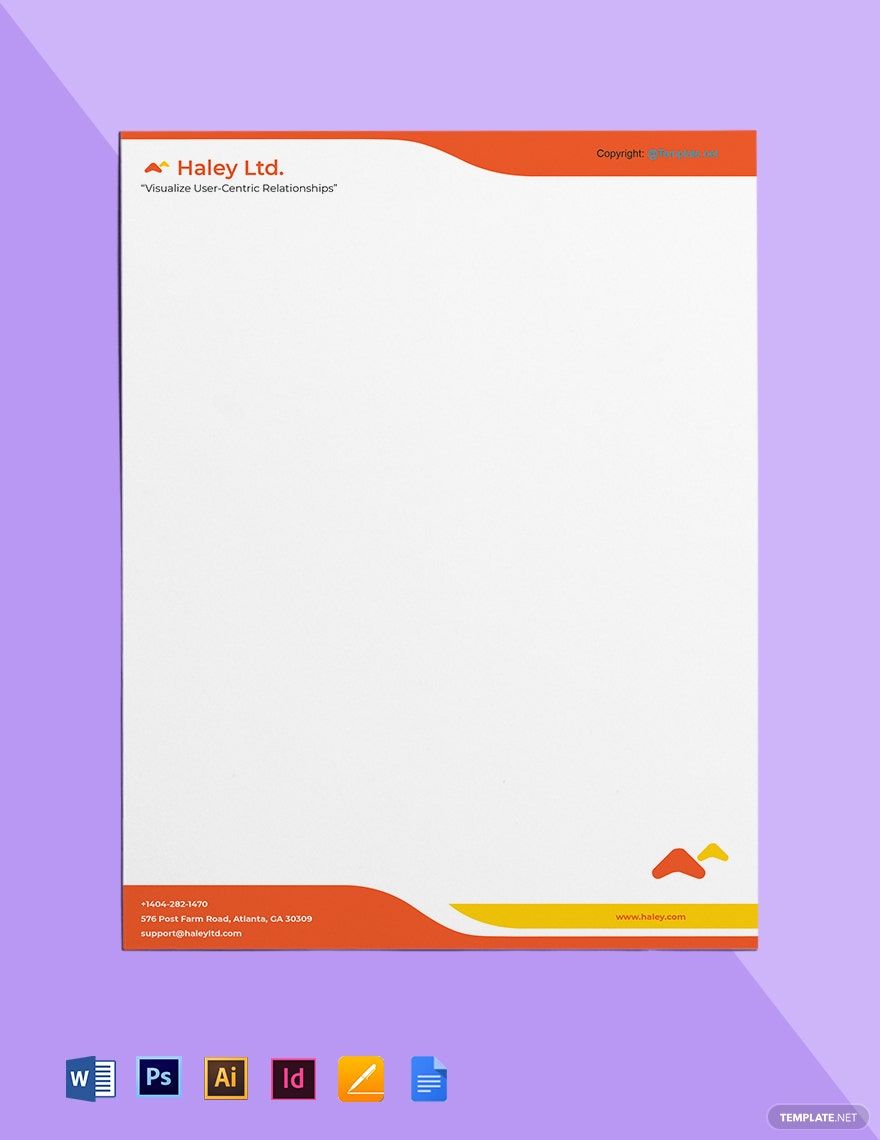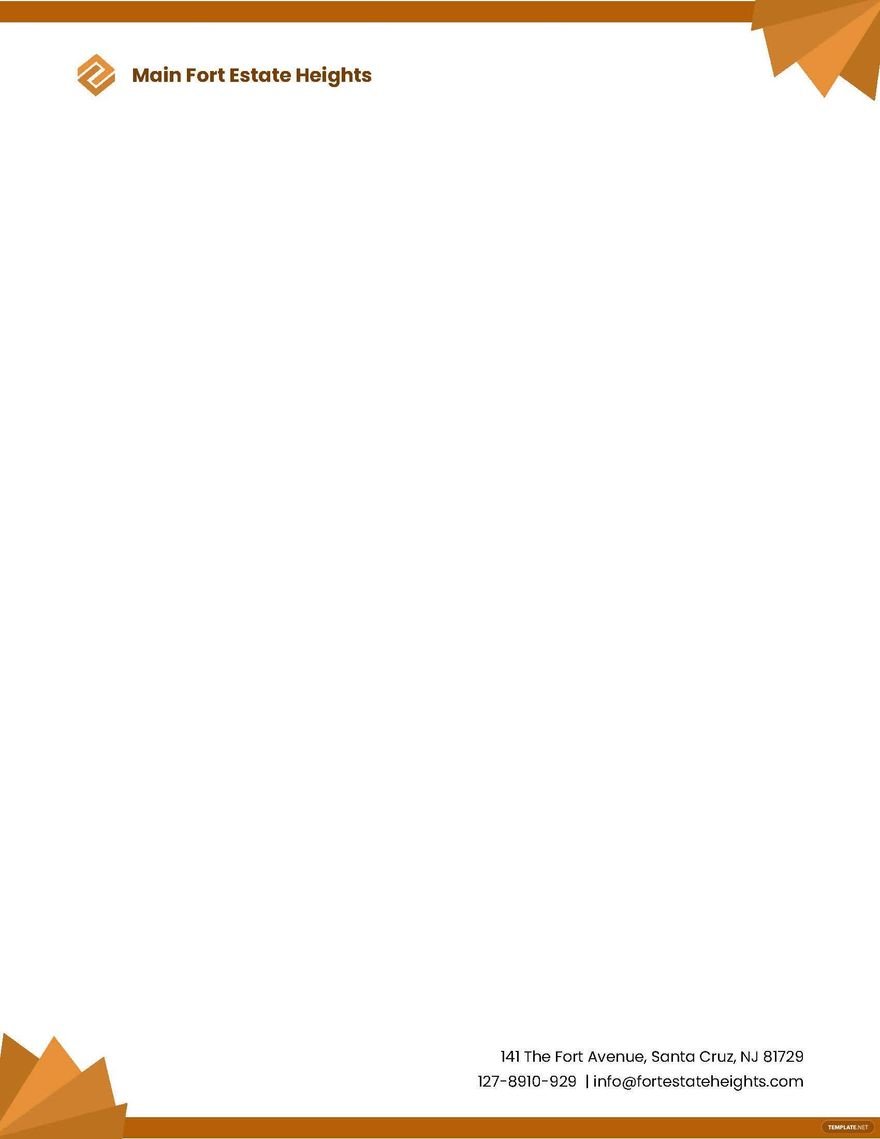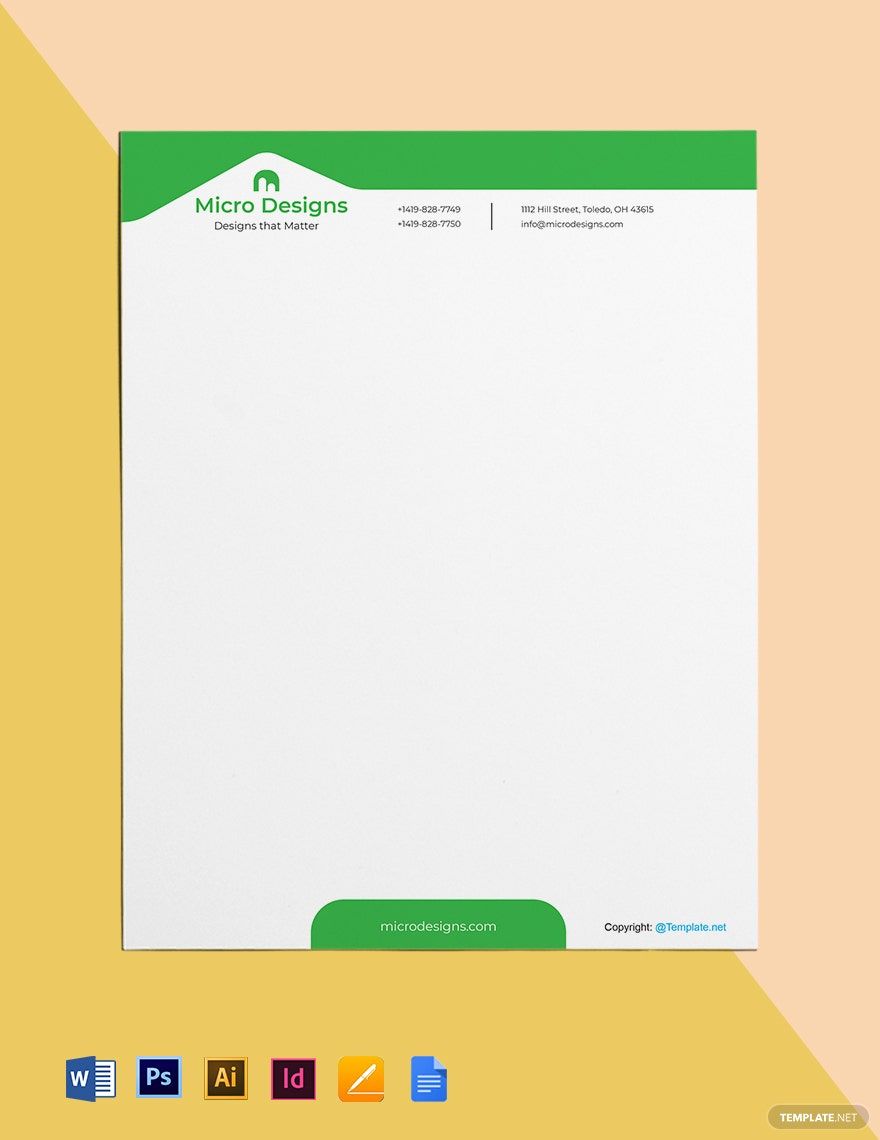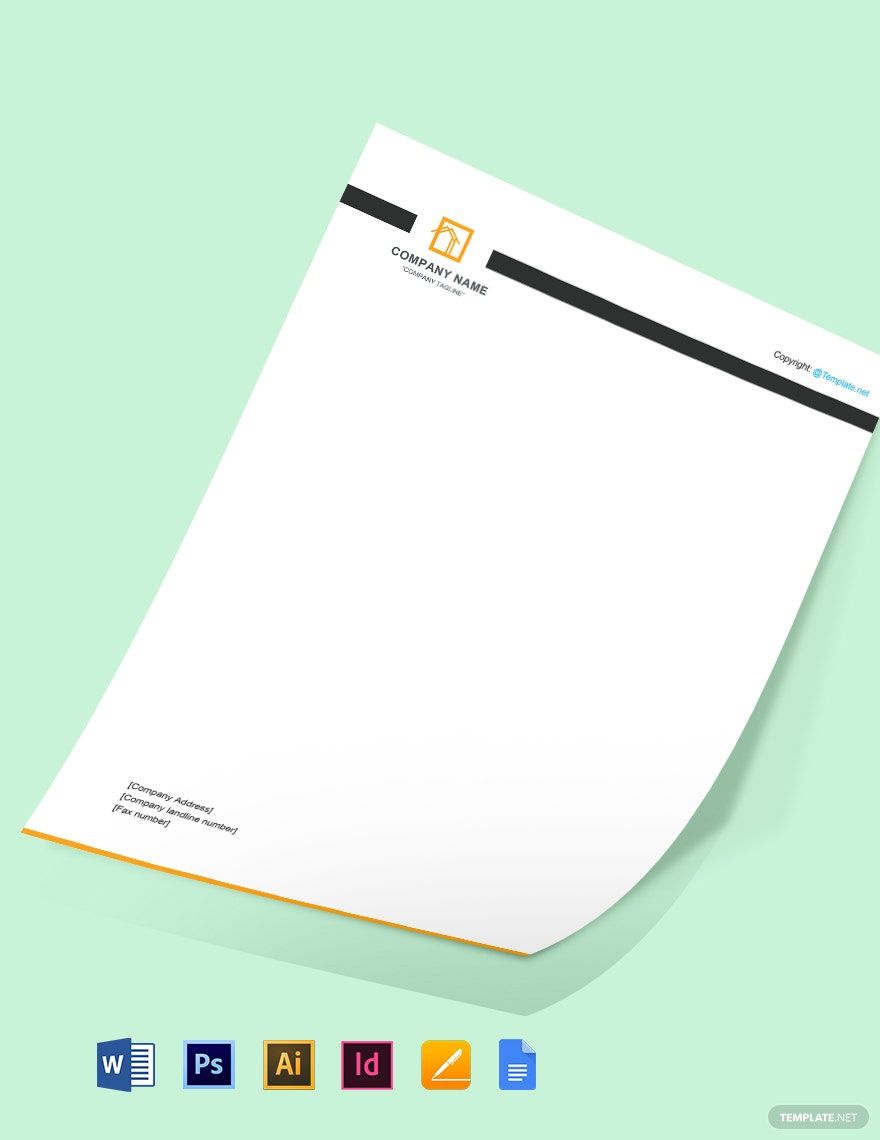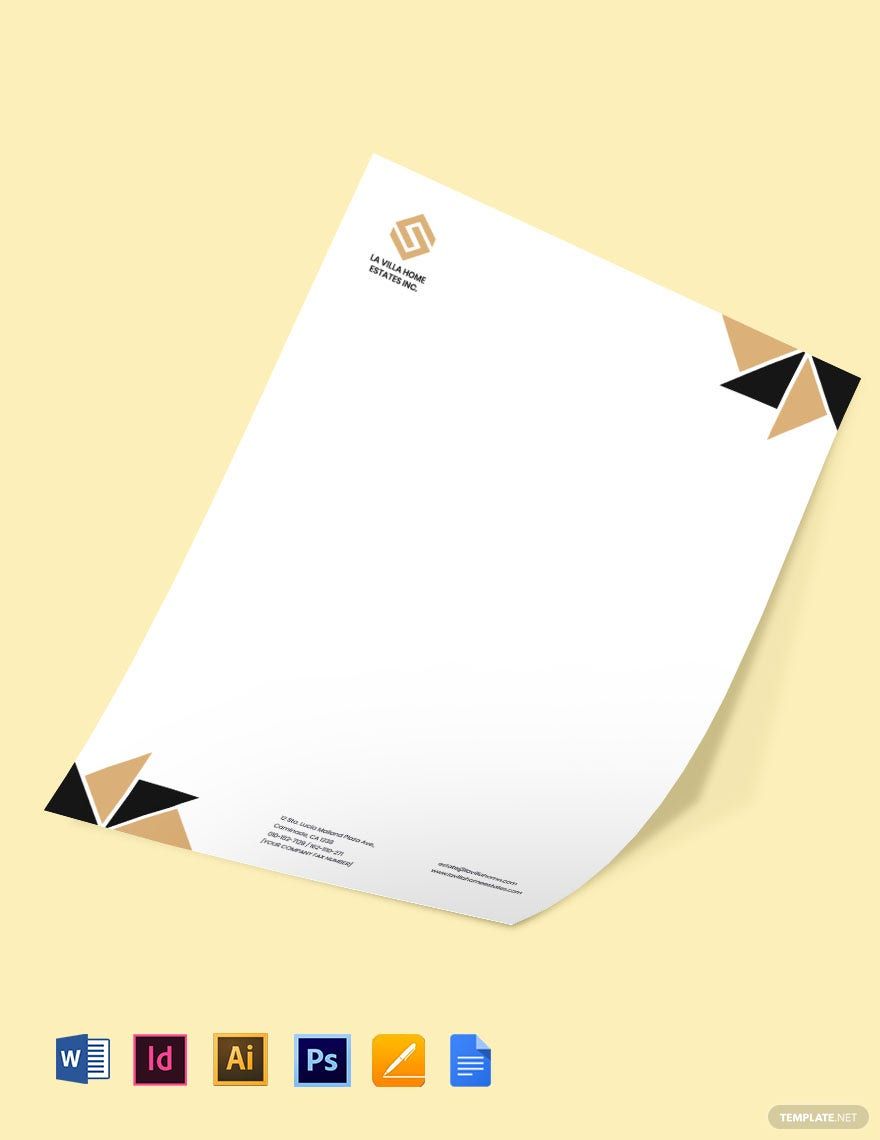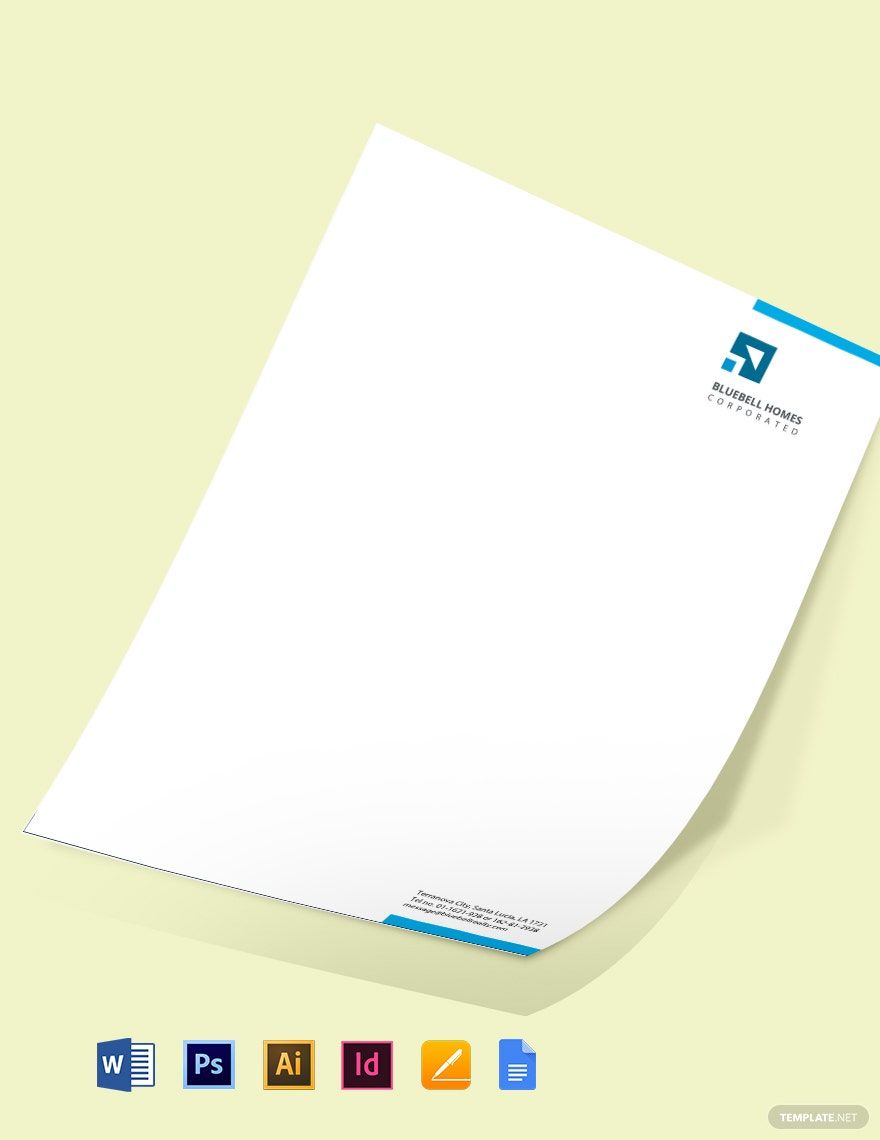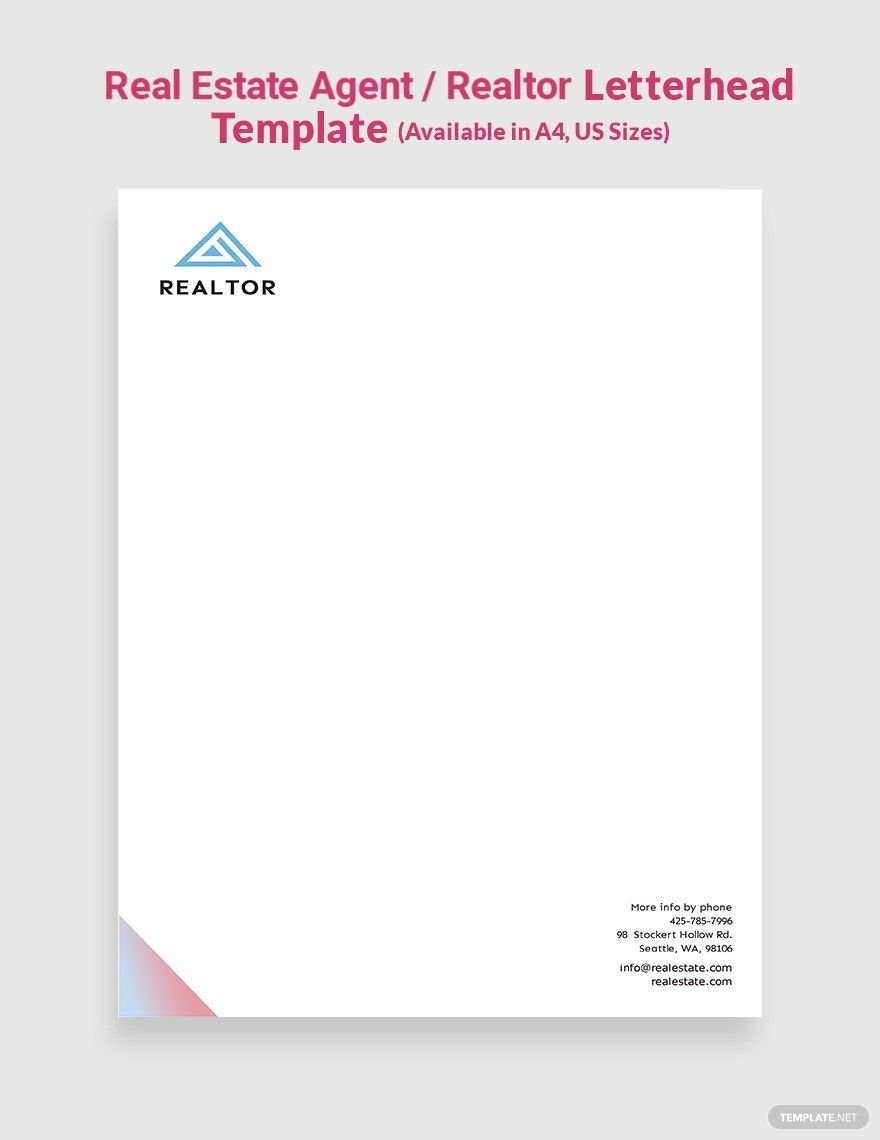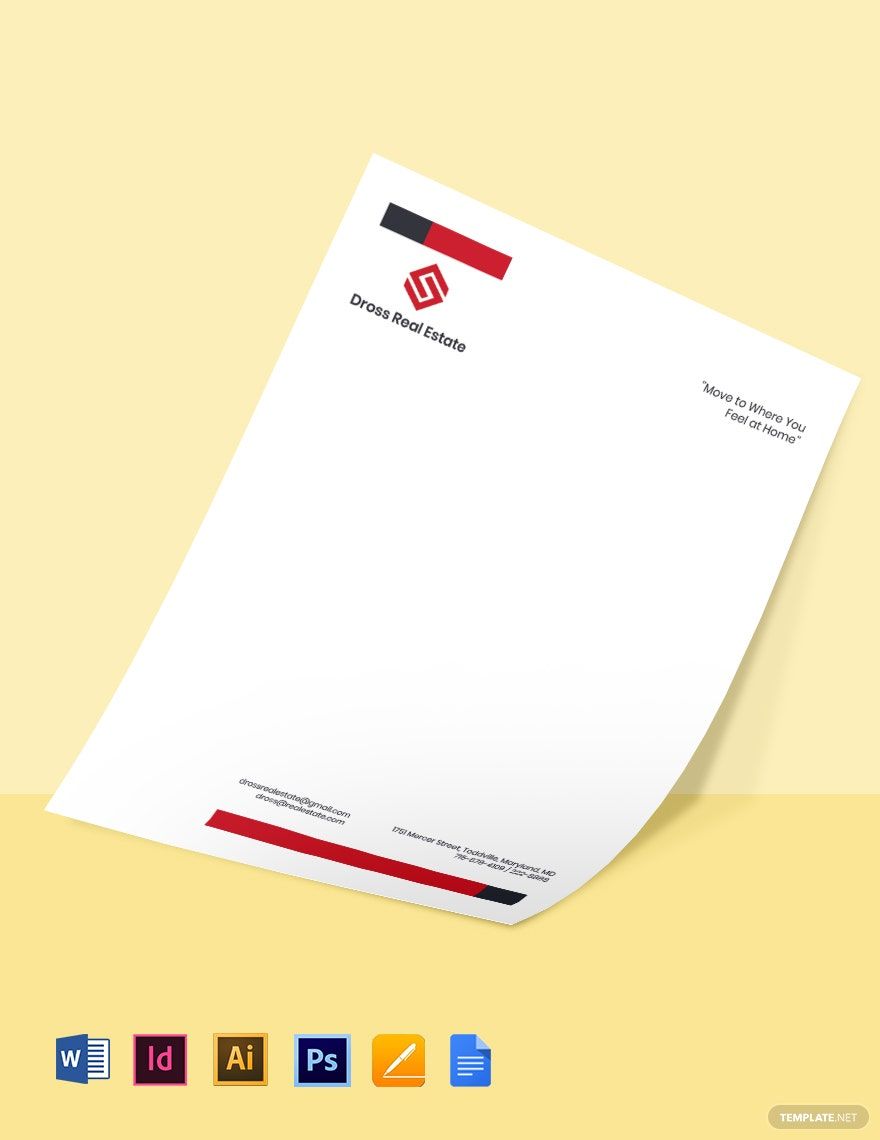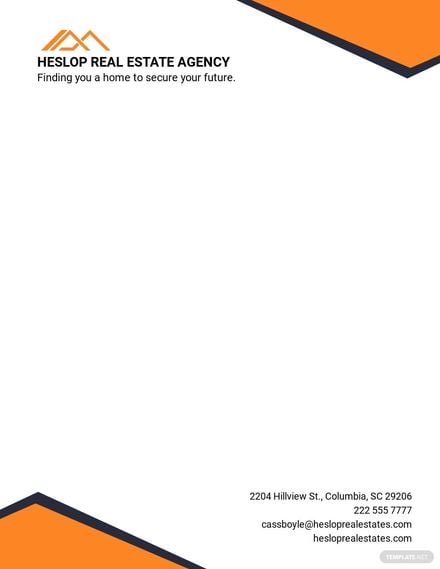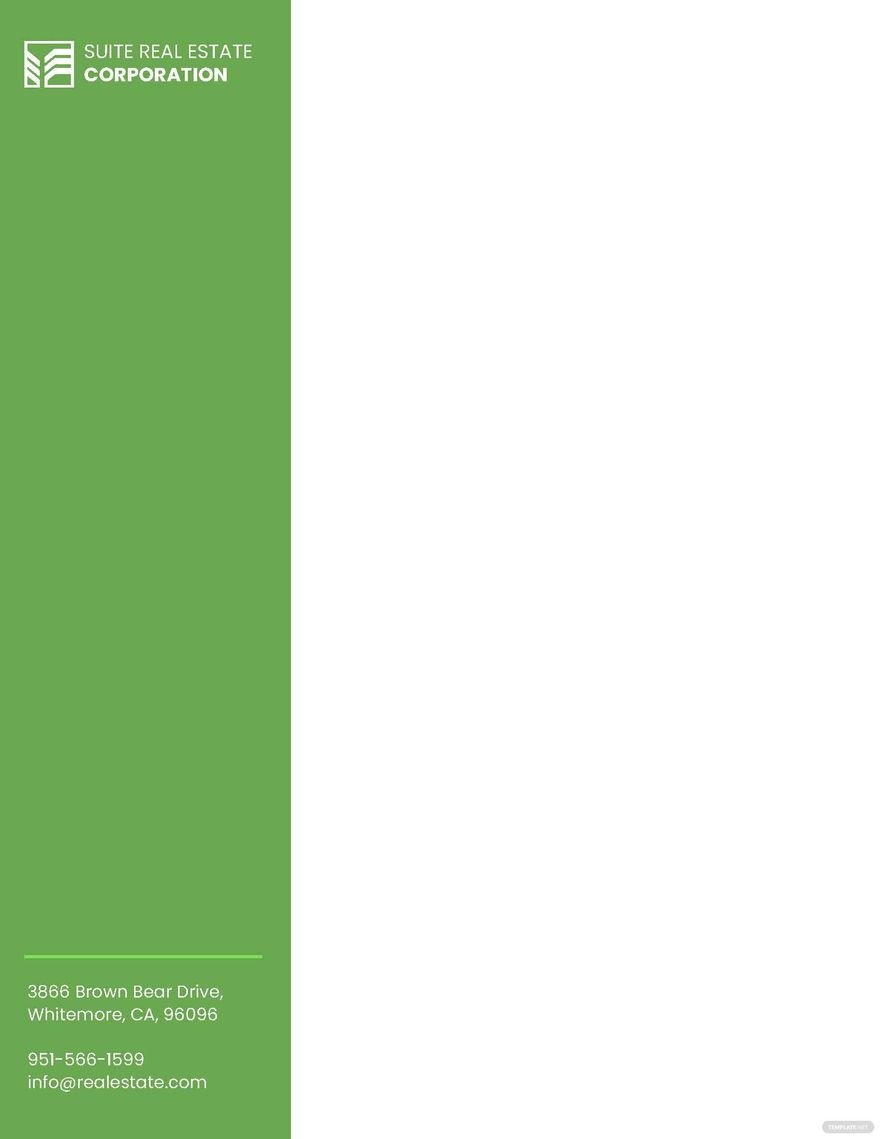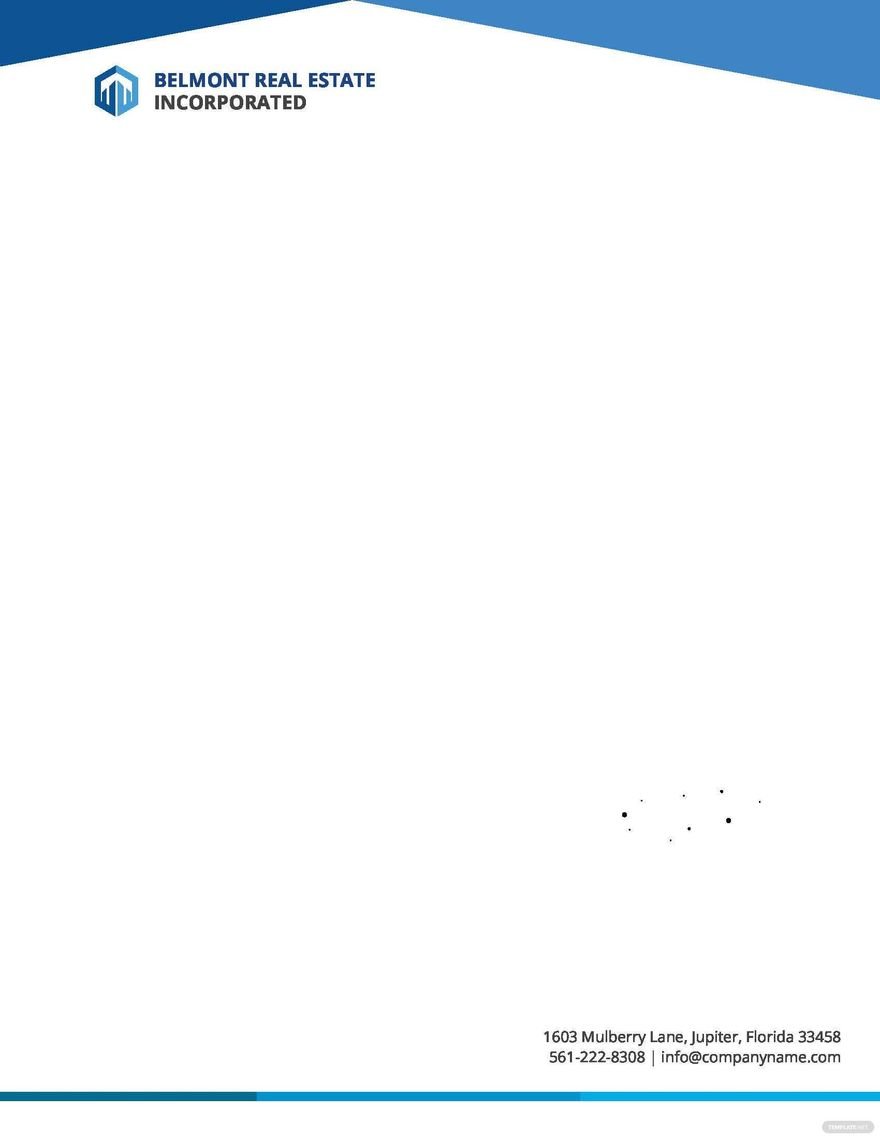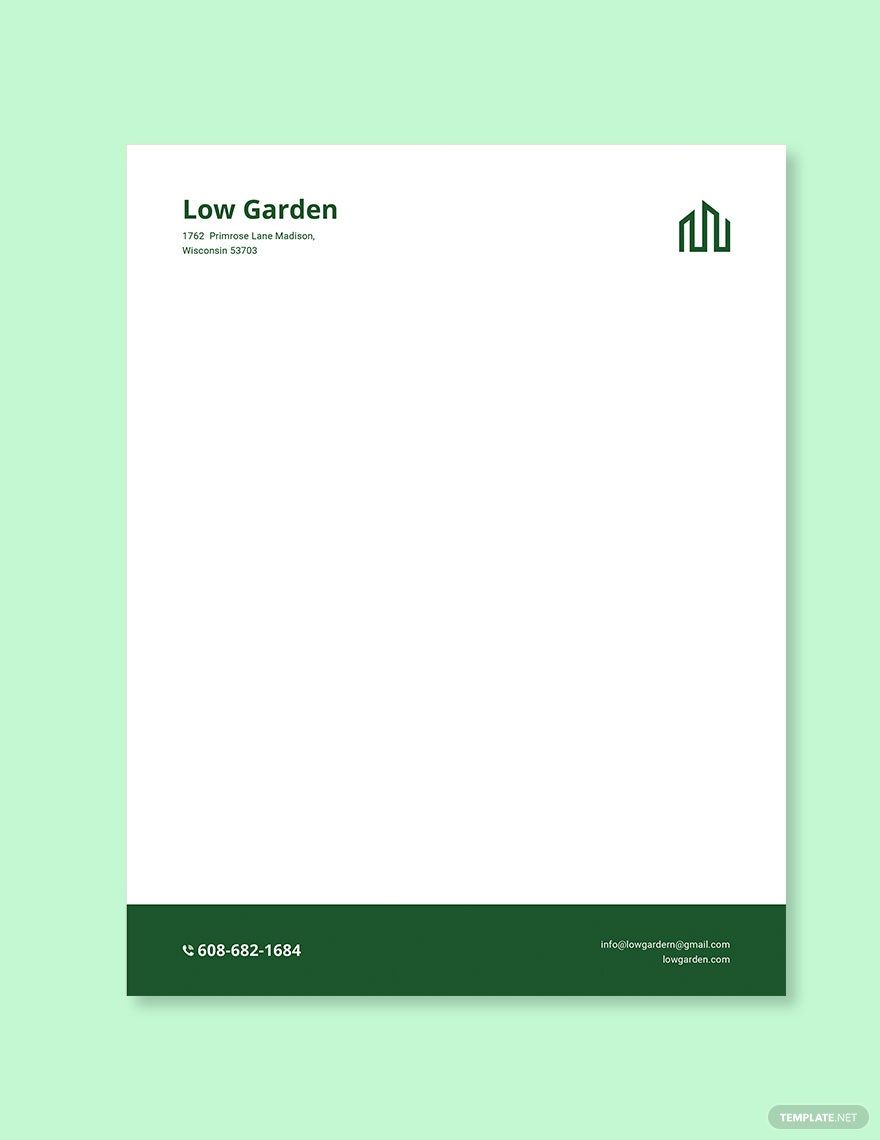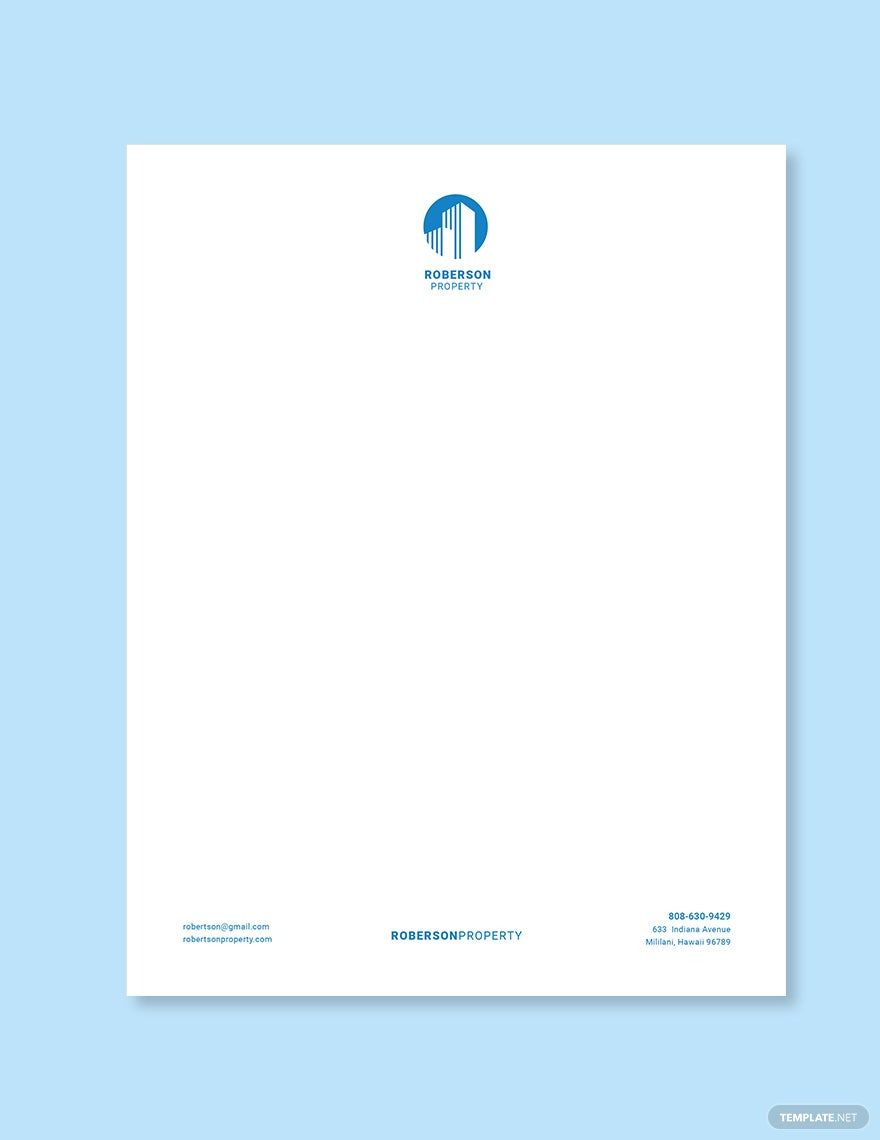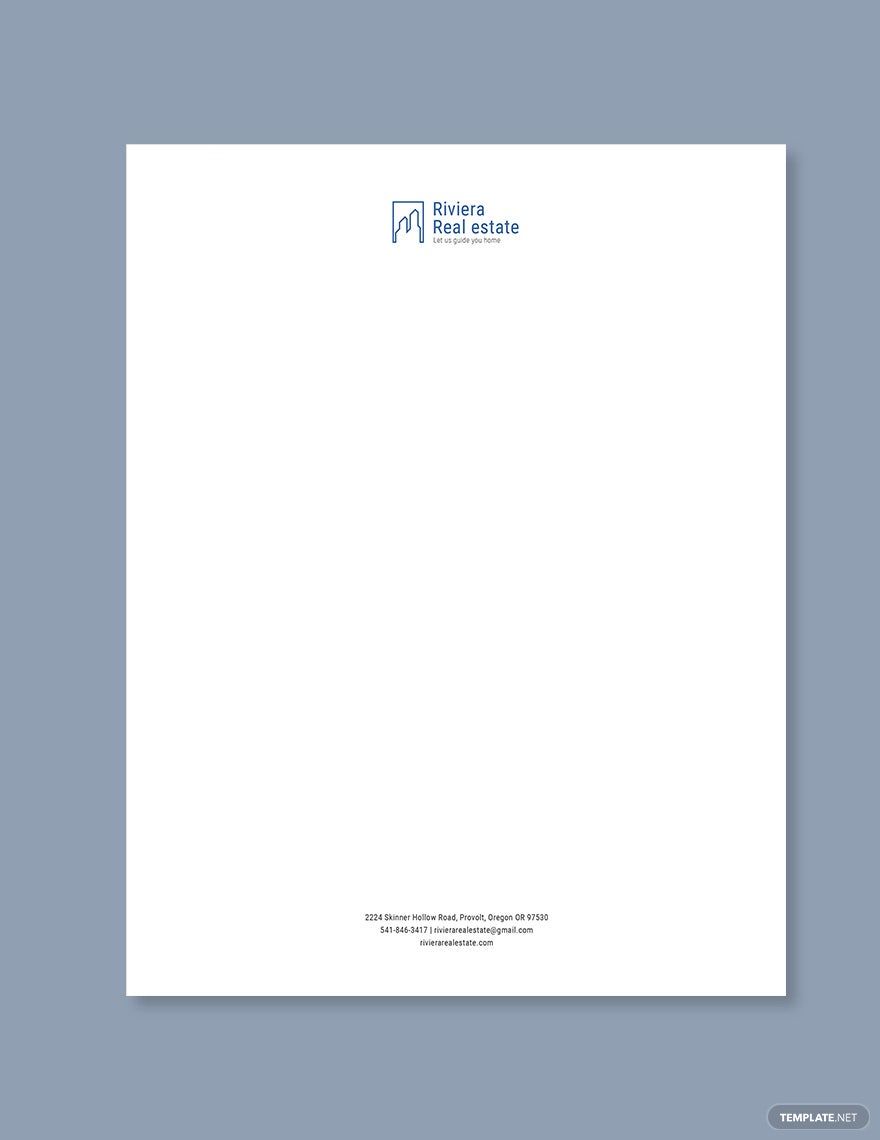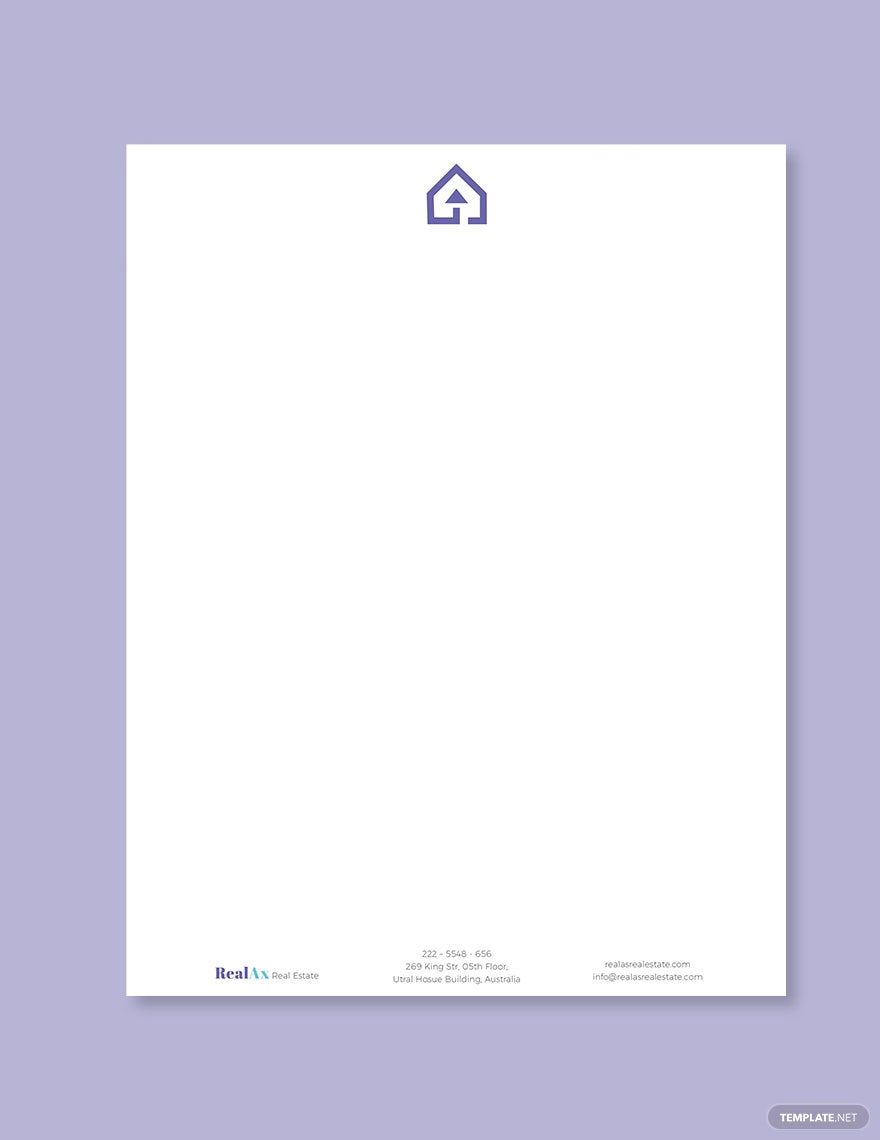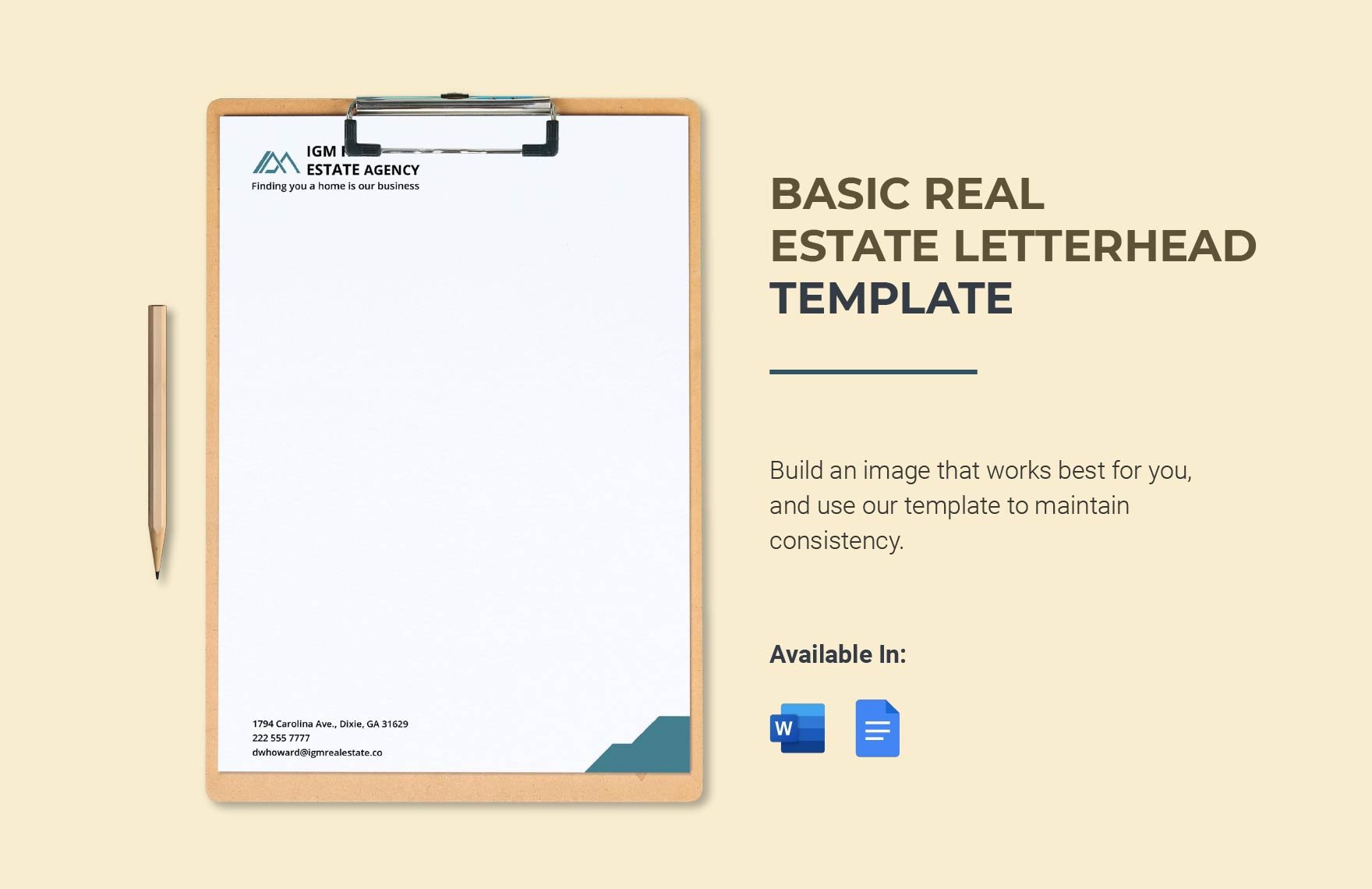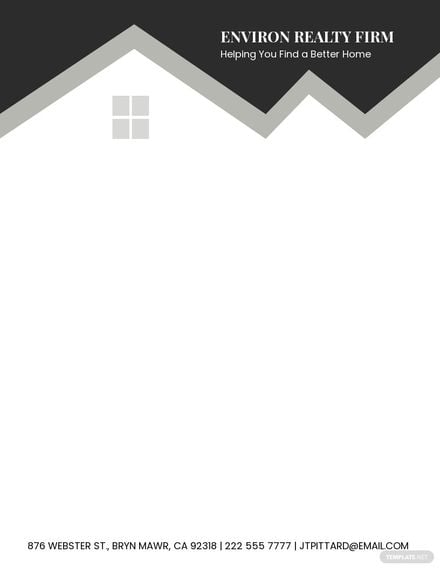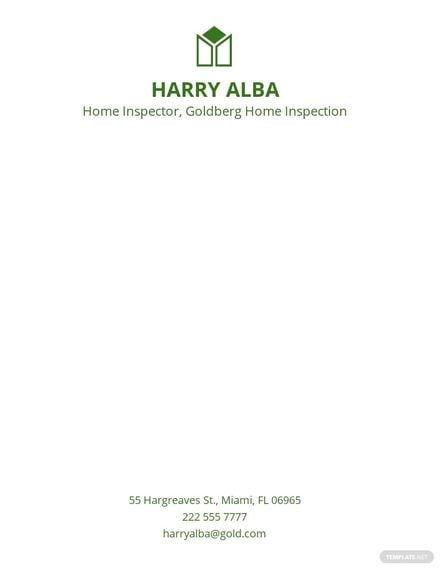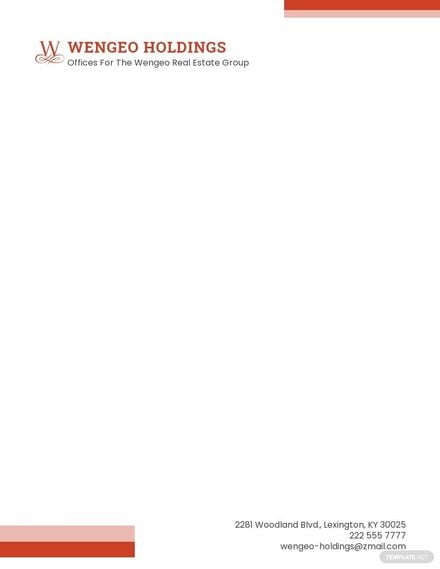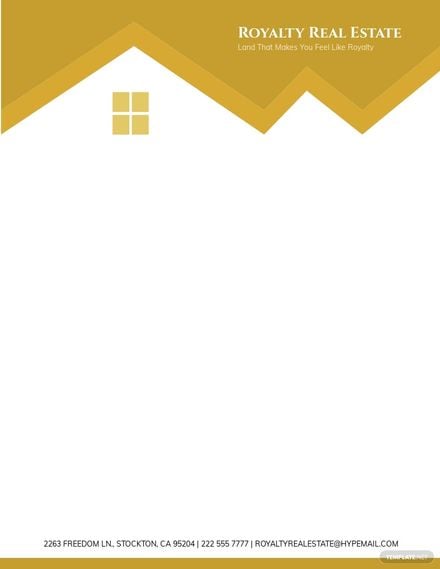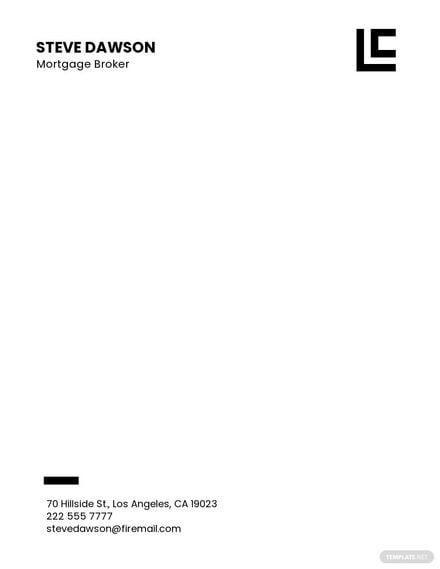Make Your Professional Real Estate Communications Stand Out with Real Estate Letterhead Templates from Template.net
Bring your professional real estate communications to life with Real Estate Letterhead Templates from Template.net. Ideal for real estate agents and agencies looking to elevate their branding and maintain cohesive communication, these templates help keep your audience engaged, convey professionalism, and reinforce brand identity. Easily promote a property listing or invite clients to an open house with eye-catching, customizable letterhead designs. With the option to include essential details like your company's contact information and logo, these templates ensure you leave a lasting impression. No design expertise is required, as each template is crafted with professional-grade design in mind, allowing you to create stunning letterhead with ease.
Discover the many Real Estate Letterhead Templates we have on hand, each designed to cater to your unique branding needs. Simply select a template that resonates with your style, swap in your company’s logo and contact information, and tweak the colors and fonts to match your existing brand. With advanced touches such as dragging-and-dropping icons or graphics and adding animated effects, the possibilities for customization are endless and skill-free. Our templates are regularly updated, ensuring fresh designs that keep pace with industry trends. Once your letterhead is perfect, you can download or share it via email, print, or export it for digital use, making distribution across multiple channels seamless and efficient.
